Yes, I know, the trip title is a mouthful but in all honesty, we just couldn't come up with a title that would sum up the full range and diversity of experiences that one would have over a period of 11 days. So, The Great Migration, Hides and Helicopters it is (I'd love to hear your suggestions on an alternative title by the way).
Whilst recent guest Lori Dove shared this fantastic Guest Blog recounting her experience on this safari, I thought I'd pull together a trip report from my perspective. What you'll see below is a brief summary of each "chapter" of this trip along with images to help you get an idea of just how special an unique this combination of destinations and experiences is.
Chapter 1: The Great Migration
Kicking off in the Mara Triangle and being at the Wild Eye Mara Camp for 6 nights was a wonderful way to get into the swing of things. Whilst this particular week may not have delivered the spectacular river crossings that we had hoped for, it held many a special moment.
Not only were the migratory herds present in massive numbers throughout the week, but the big cats of the region put on a serious show for our guests. Lions were literally camped out within a couple of kilometers of camp with the 5 "Inselberg Males" providing most of the action throughout the week.
Not far from them was Risasi and her four cubs (one of which has since died). Seeing a cheetah with cubs is always special and this was the first time in a very long time that I can recall having a cheetah with cubs in the Mara Triangle. We worked hard to get decent sightings of the cheetah family given how protective the Mara Triangle officials are over her, eliminating any and all off-roading for sightings of her. All of our guests truly appreciated the lengths that the Triangle went to to ensure that peak season tourist numbers did not compromise her ability to raise the cubs - even when it meant missing a photographic opportunity or two.
Finally, Shujaaa, the massive male leopard which dominates the area around the Wild Eye Mara Camp, made several very casual appearances during the week. I personally love the character that this cat has with his prominent brow scar and carefree attitude towards lions, vehicles, people and just about anything really.
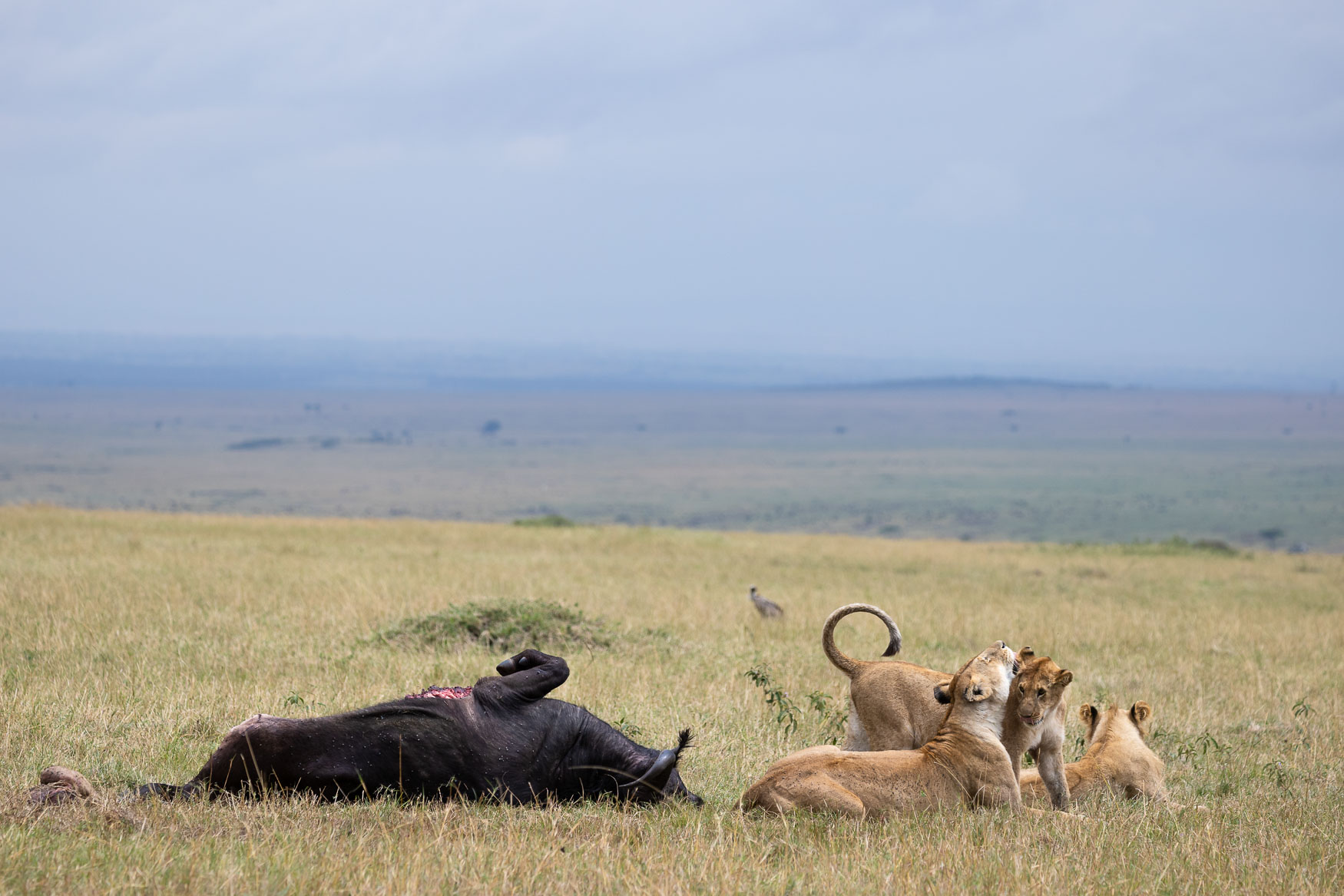
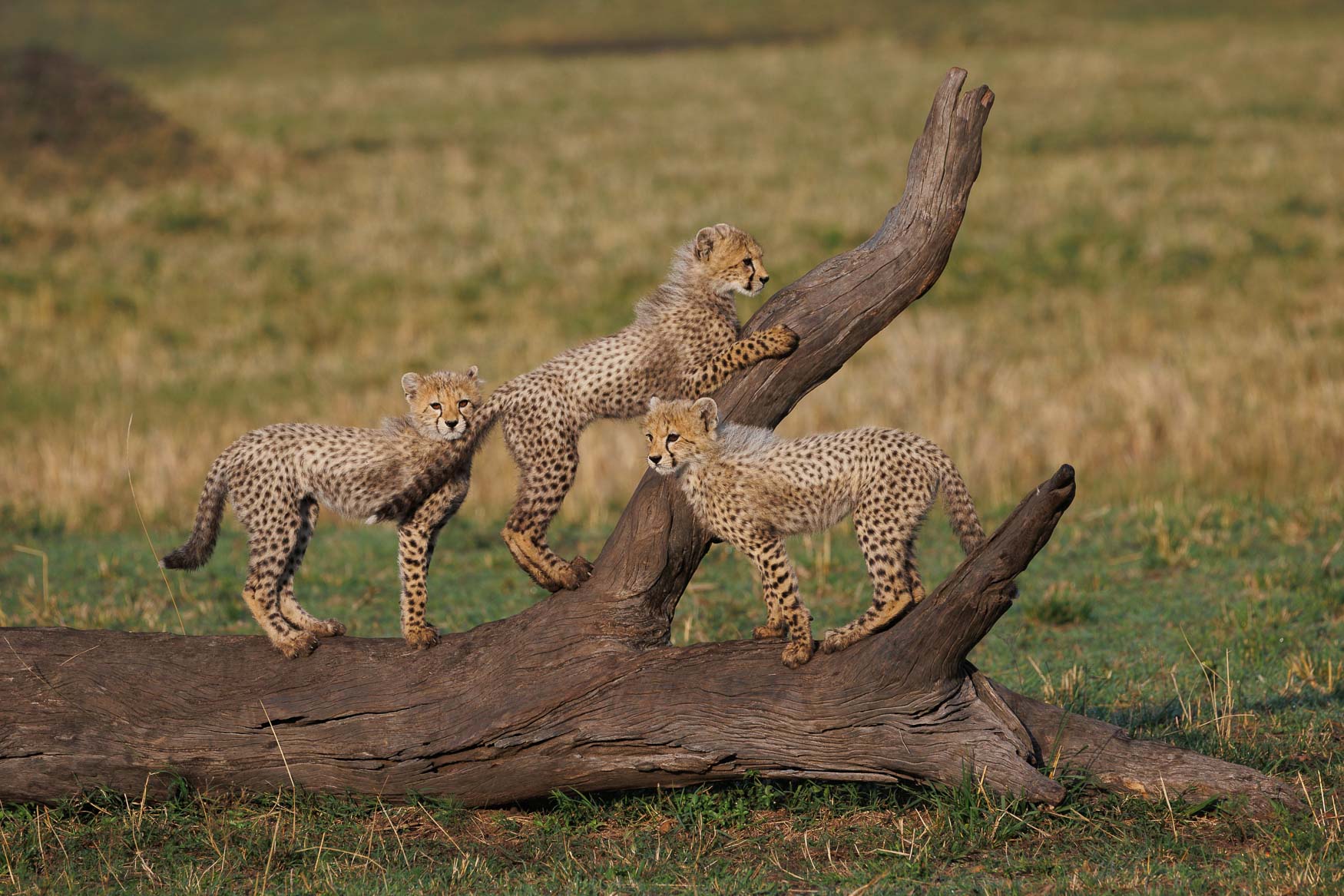
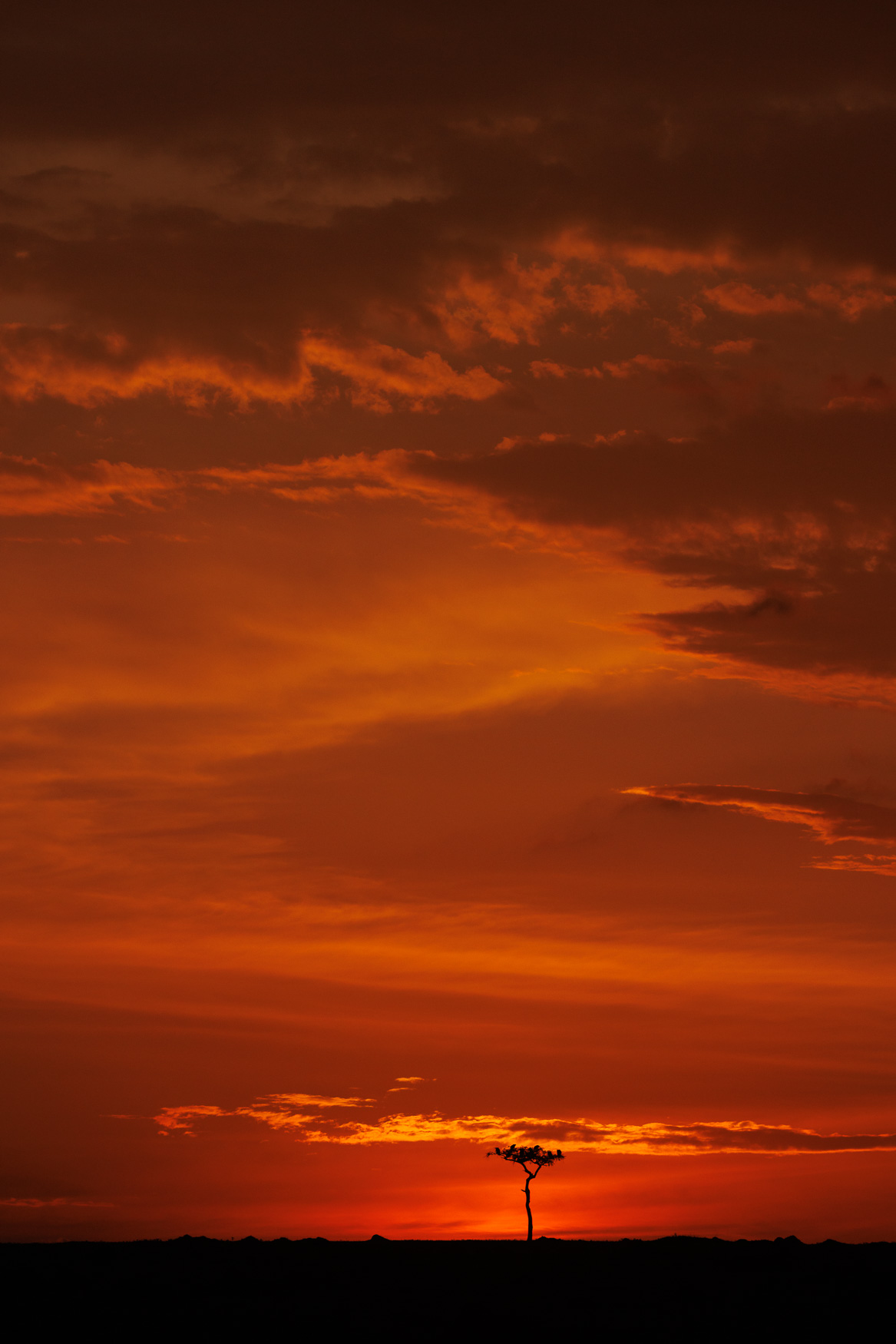
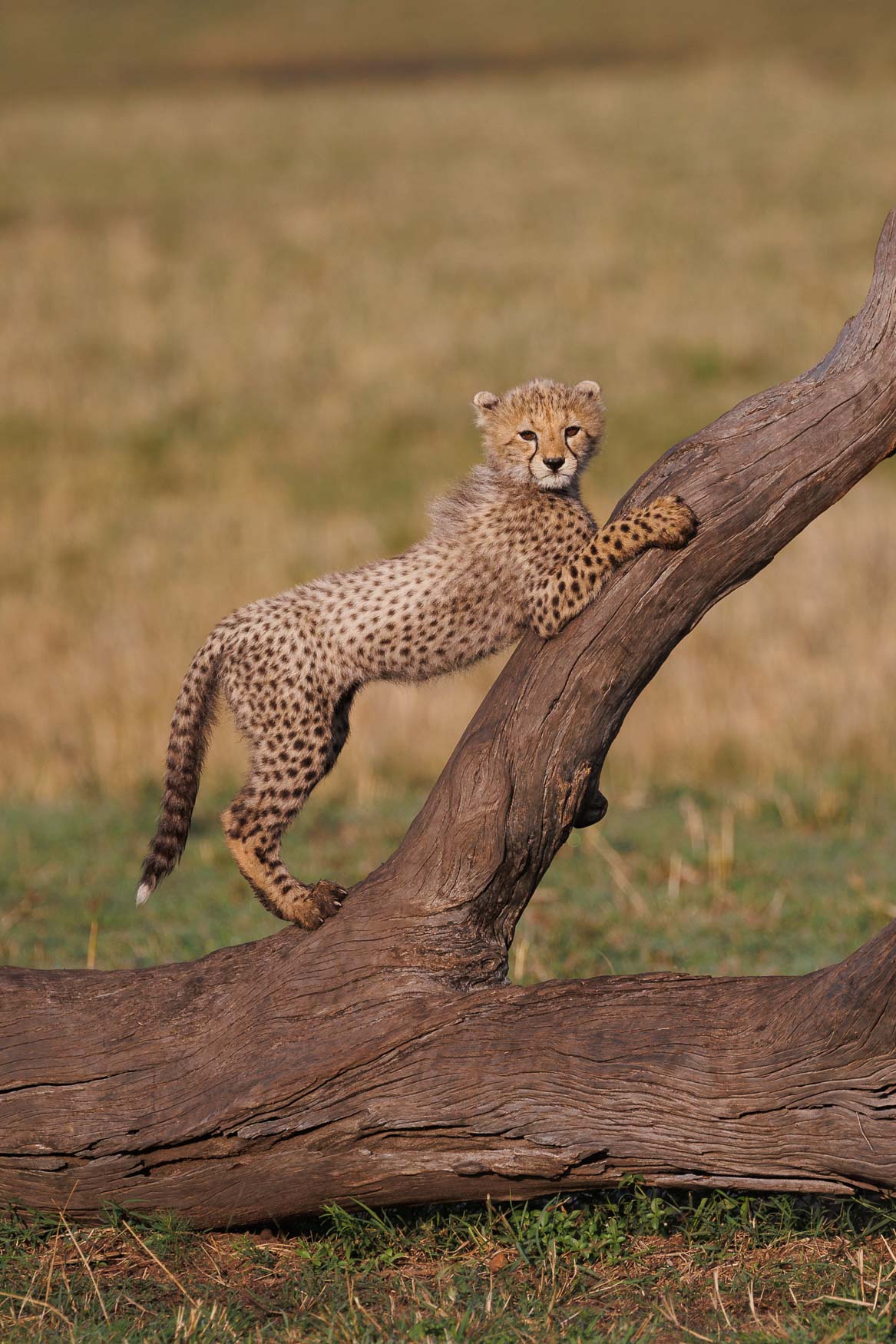
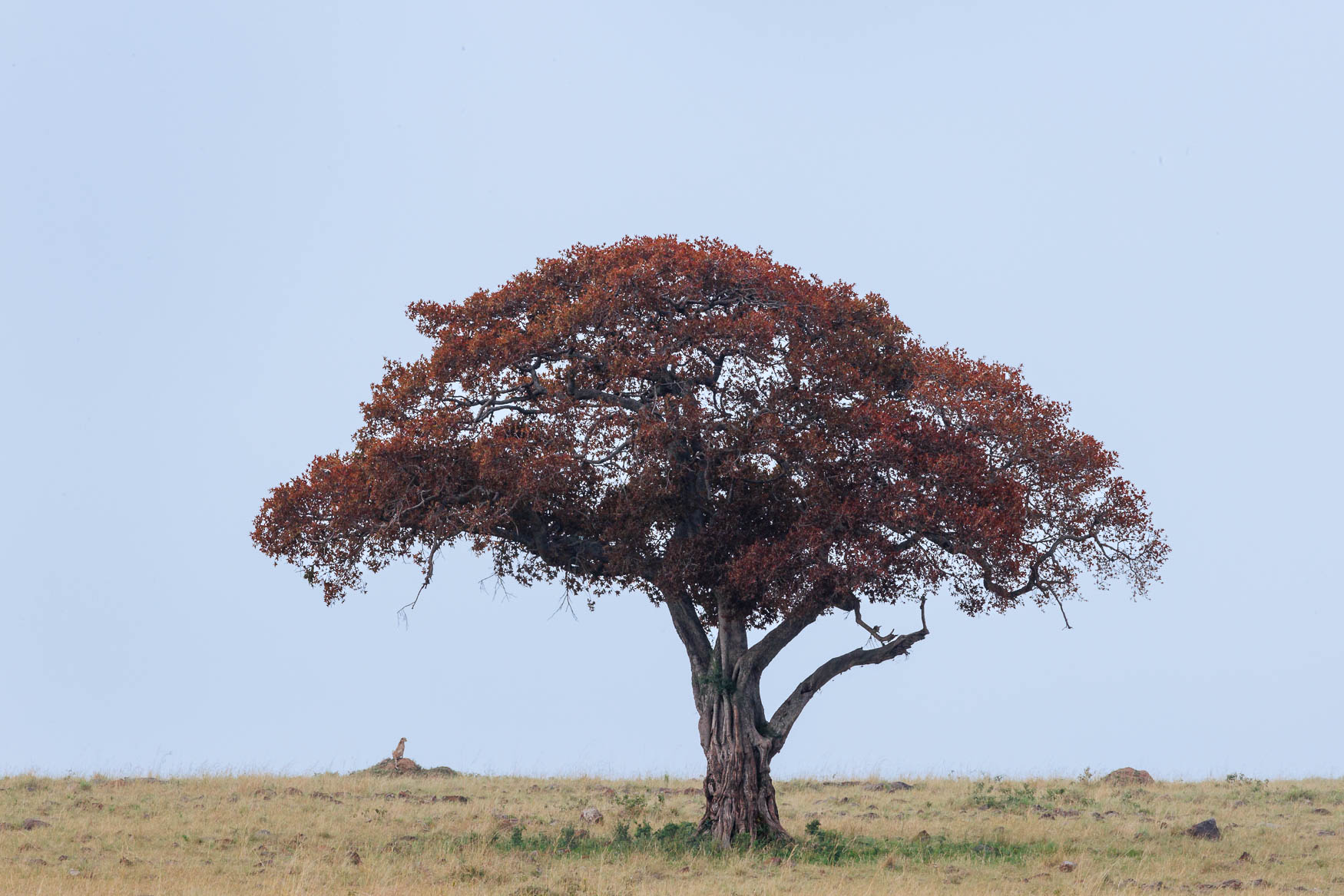
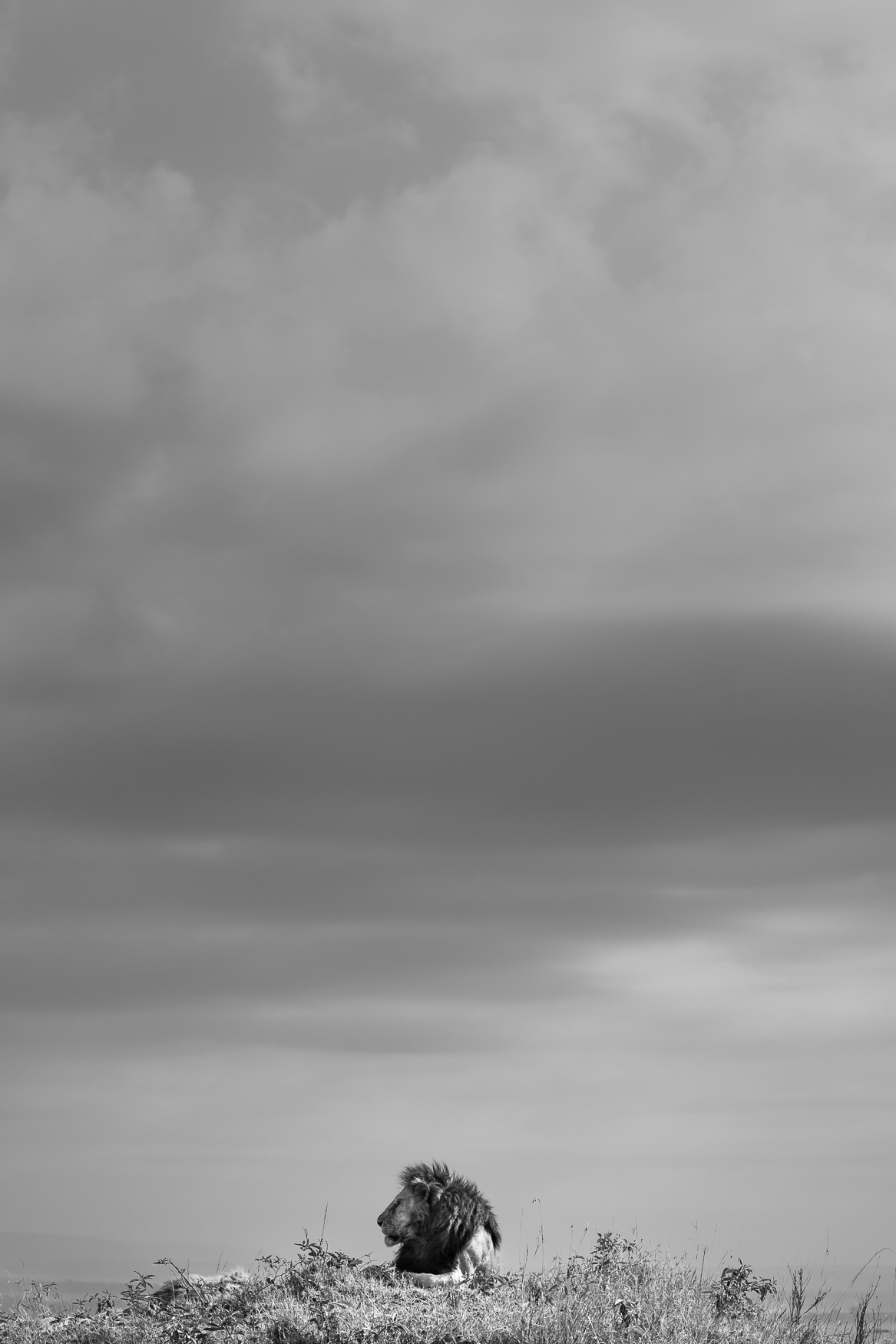
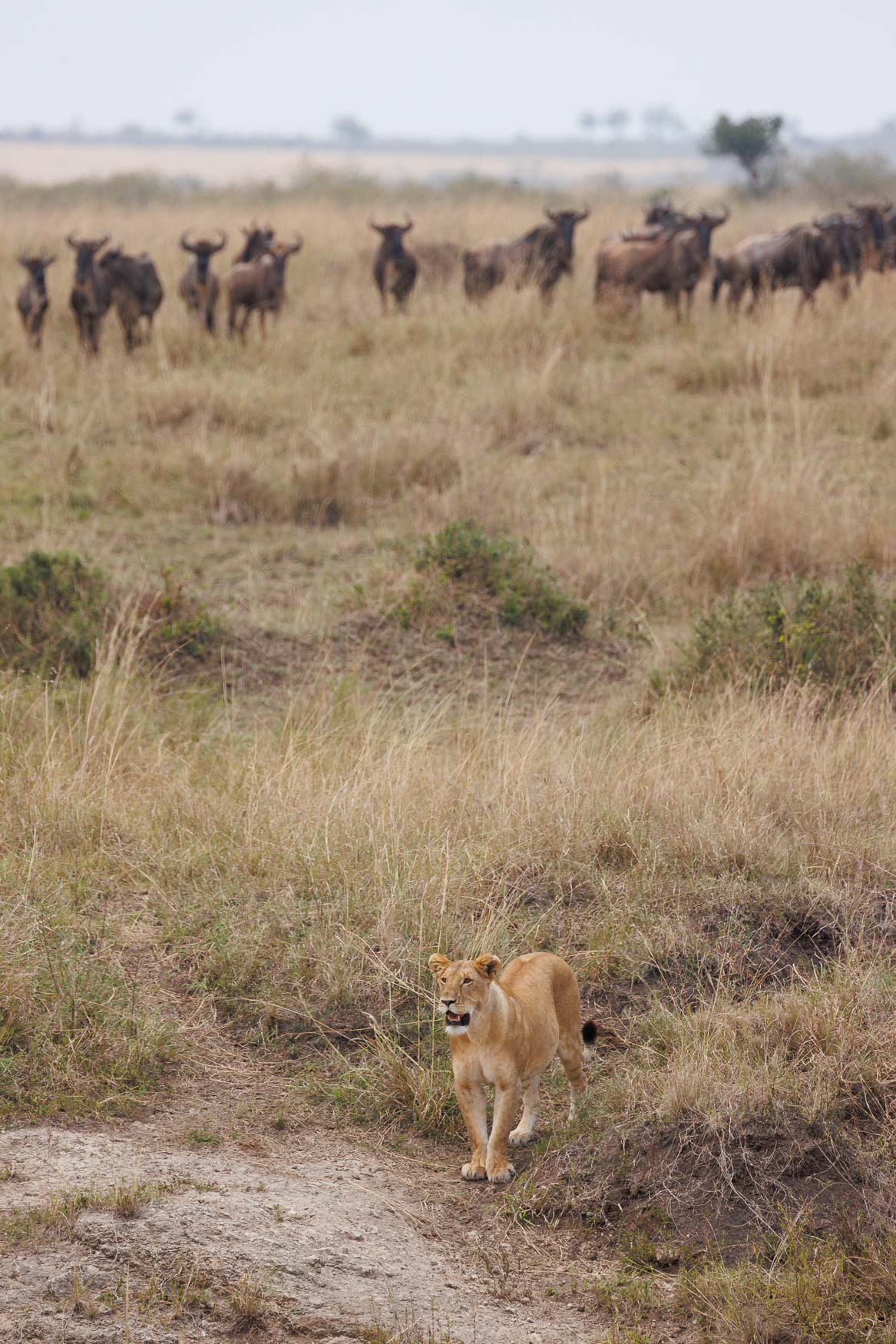
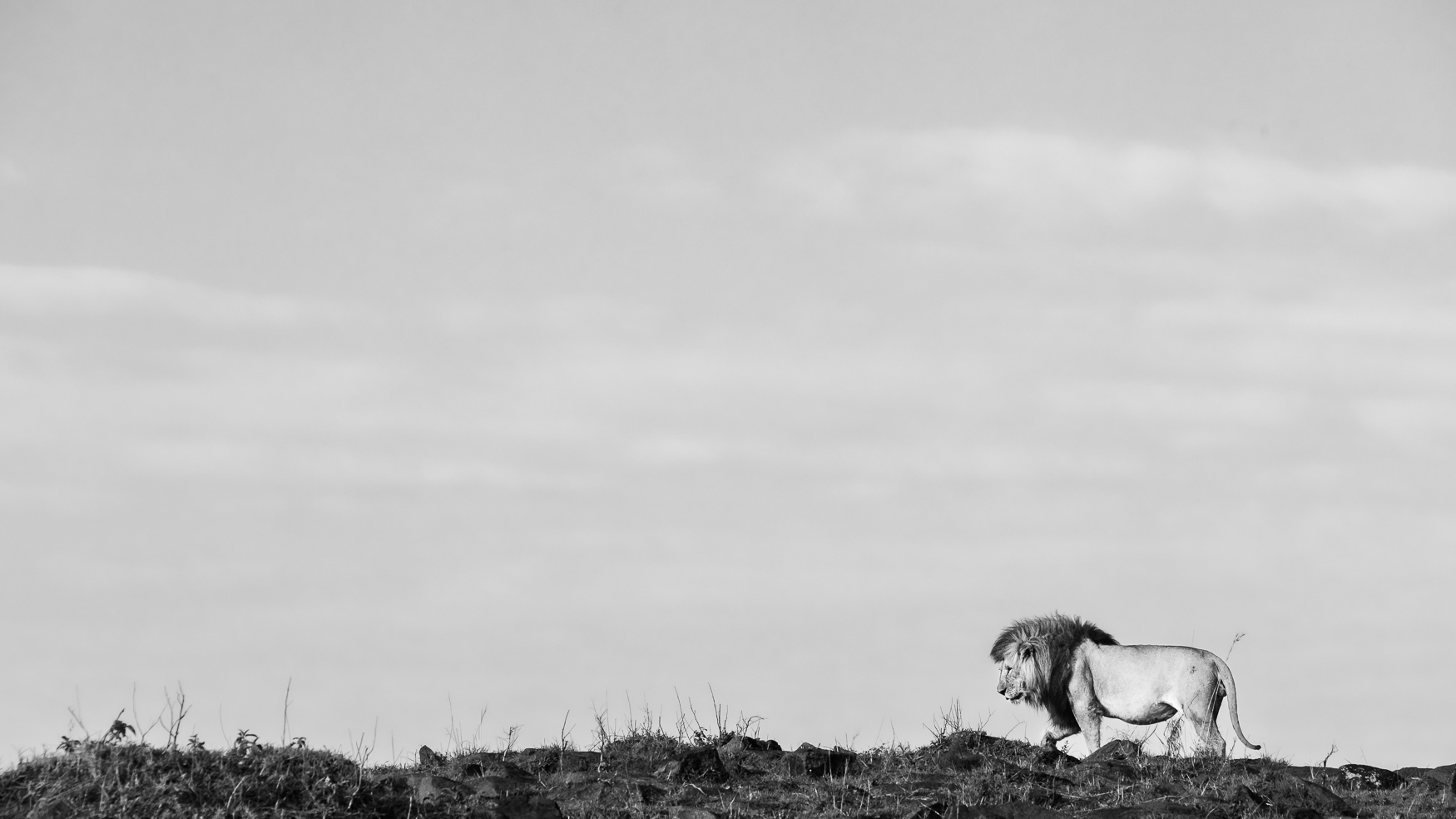
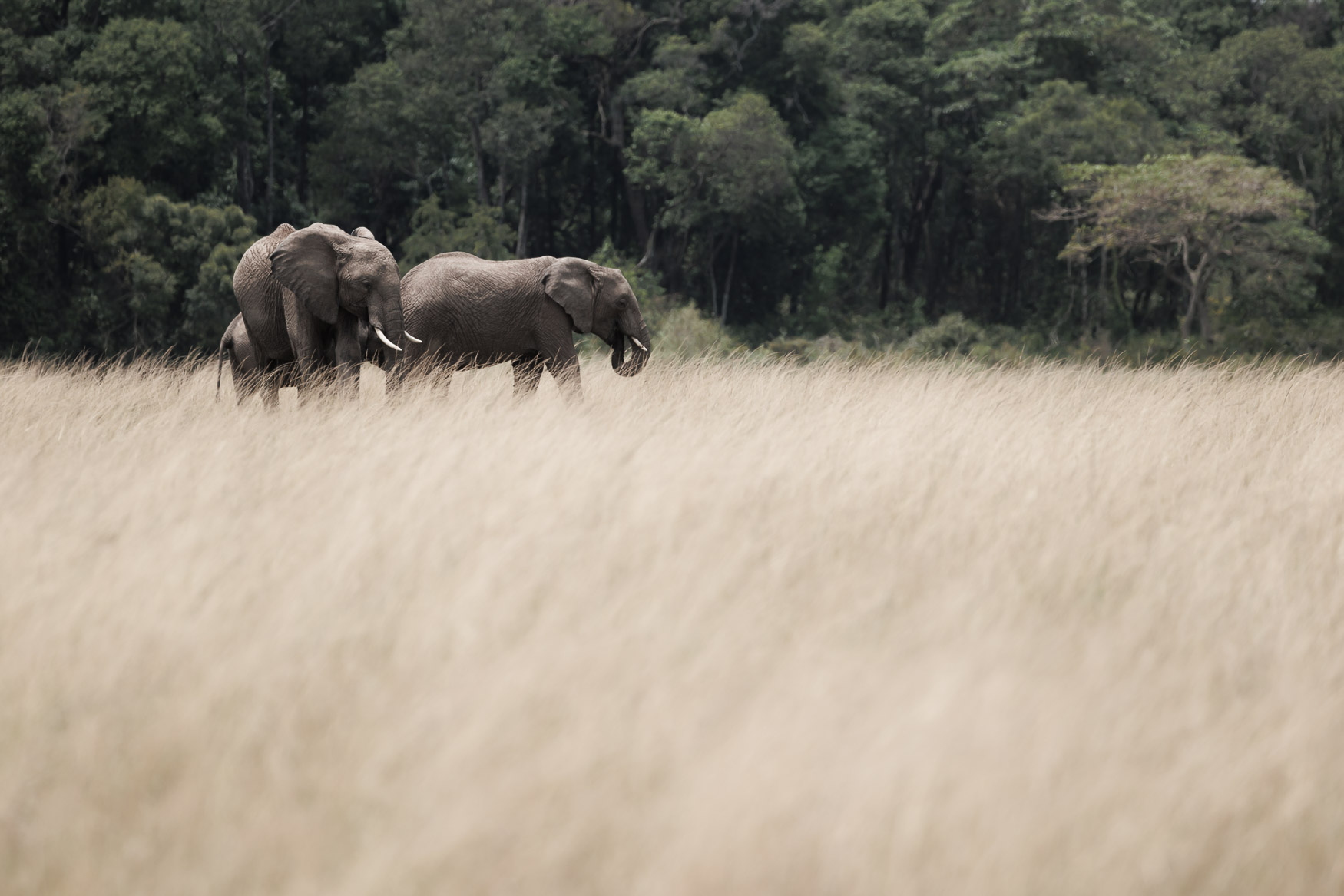
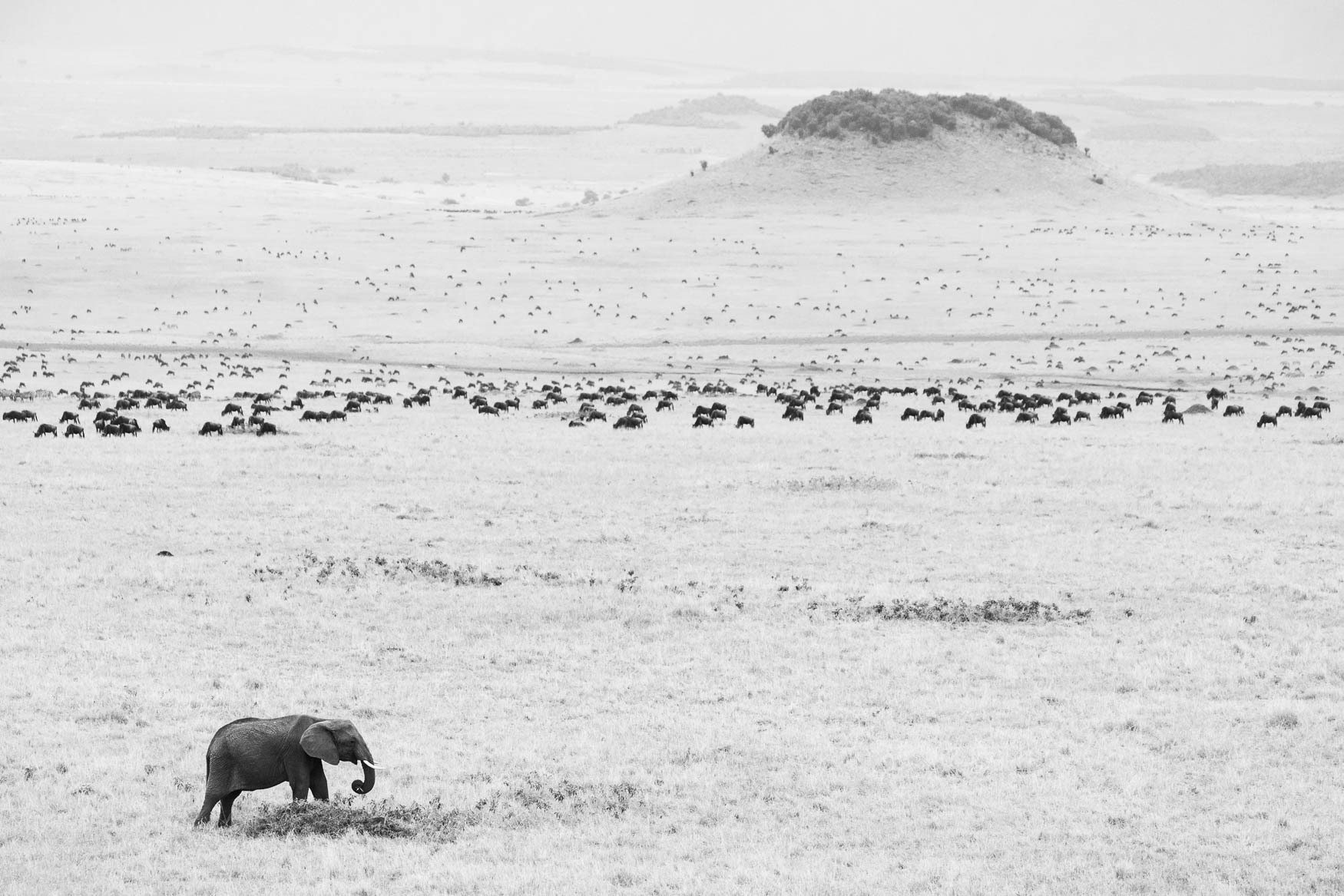
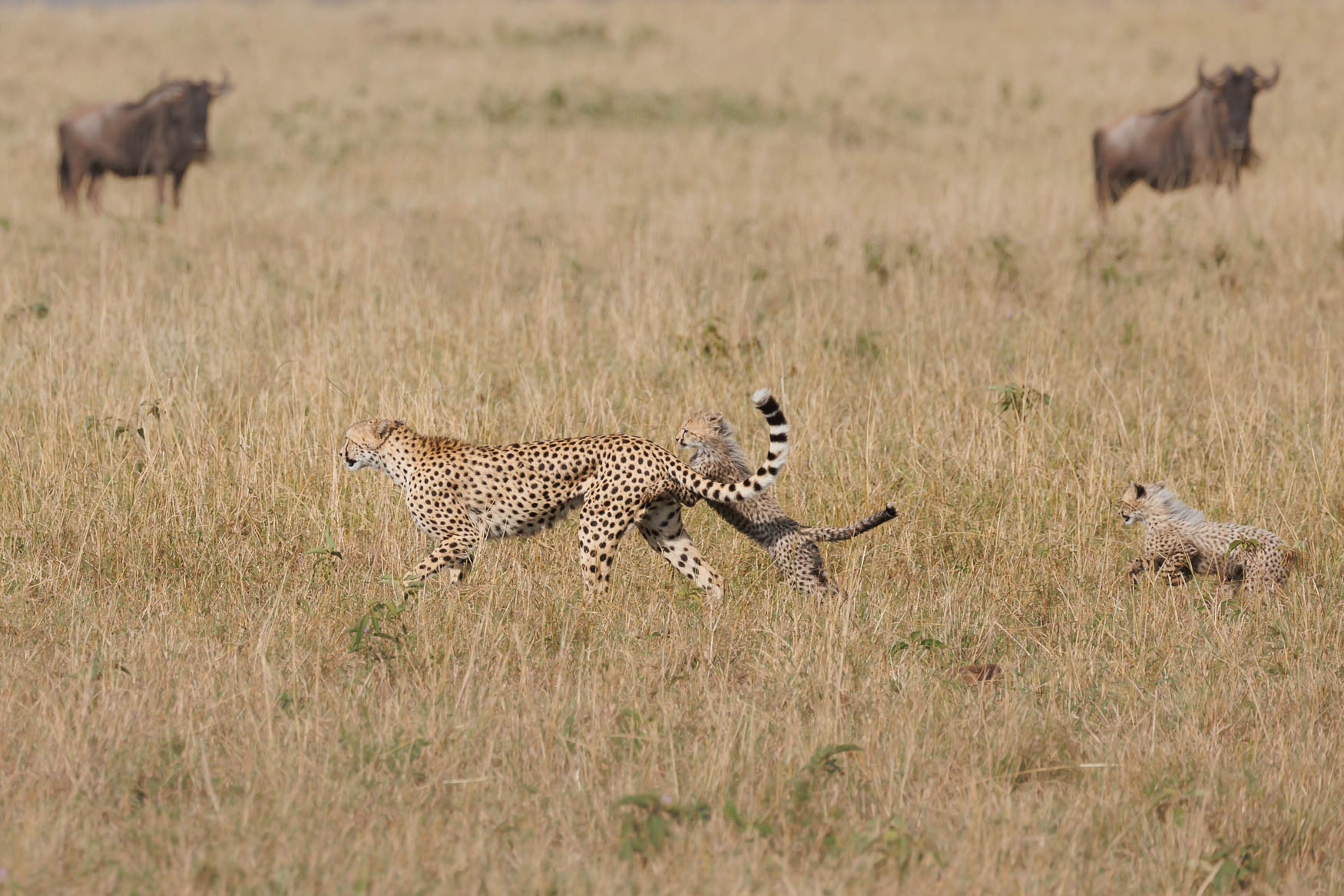
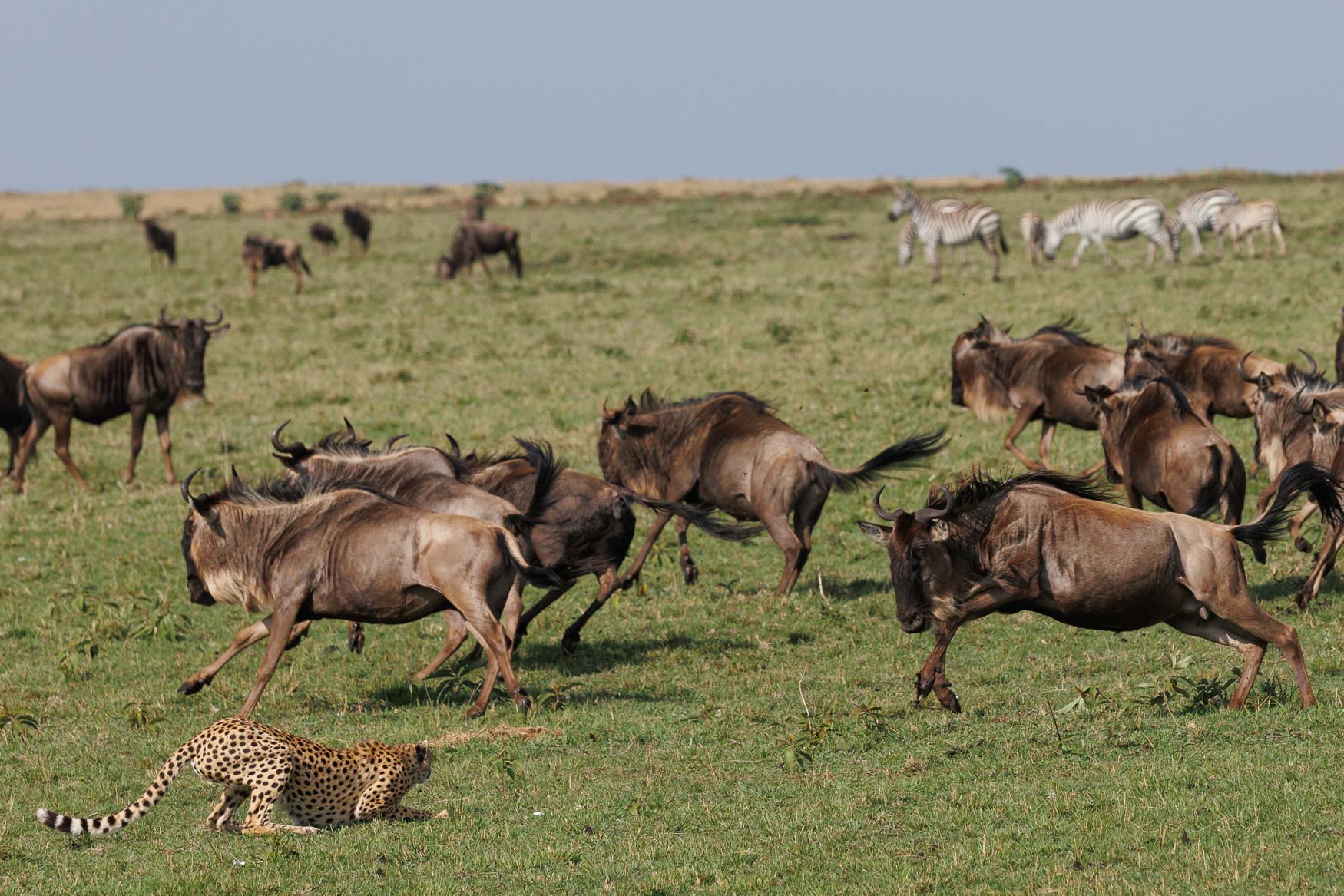
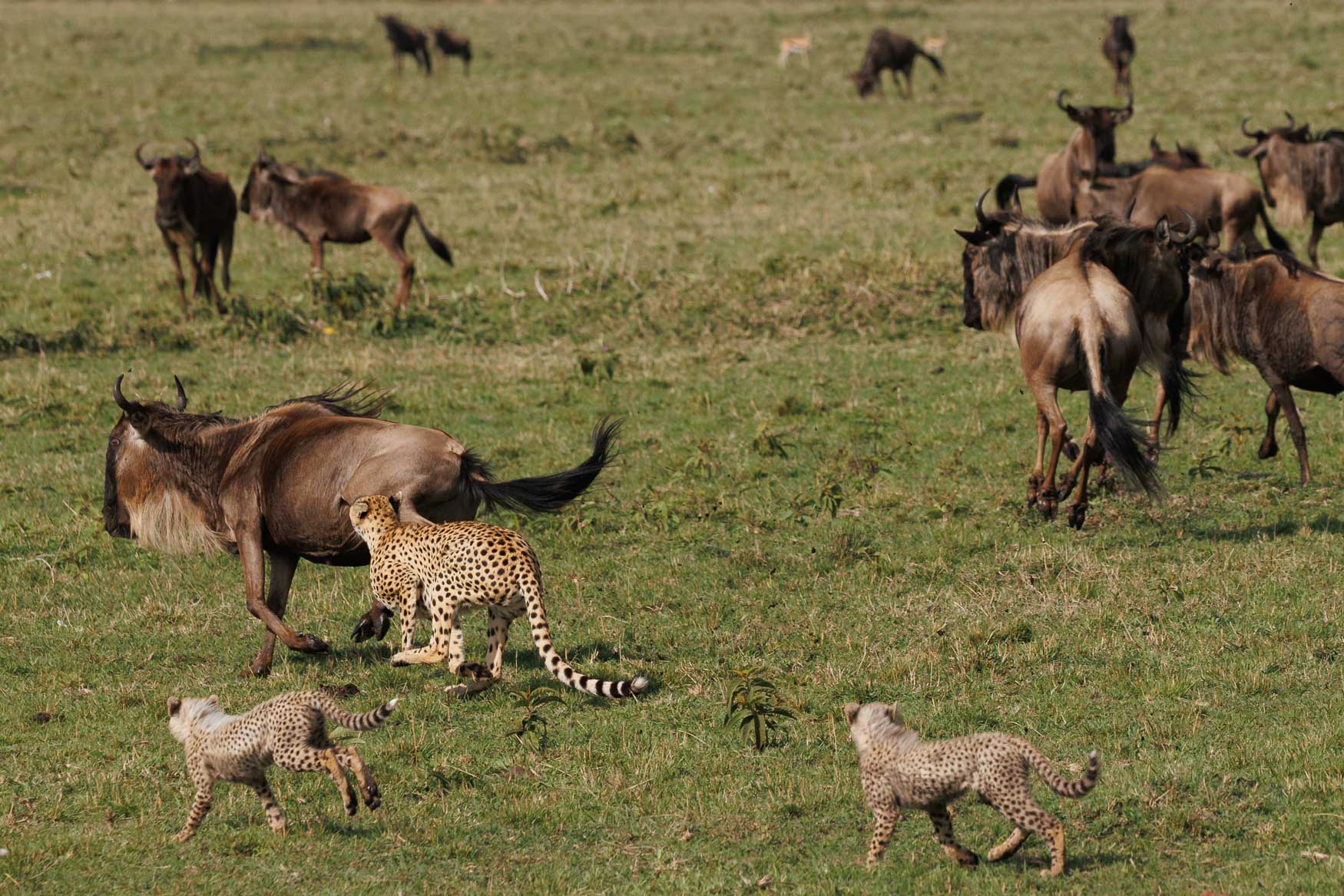
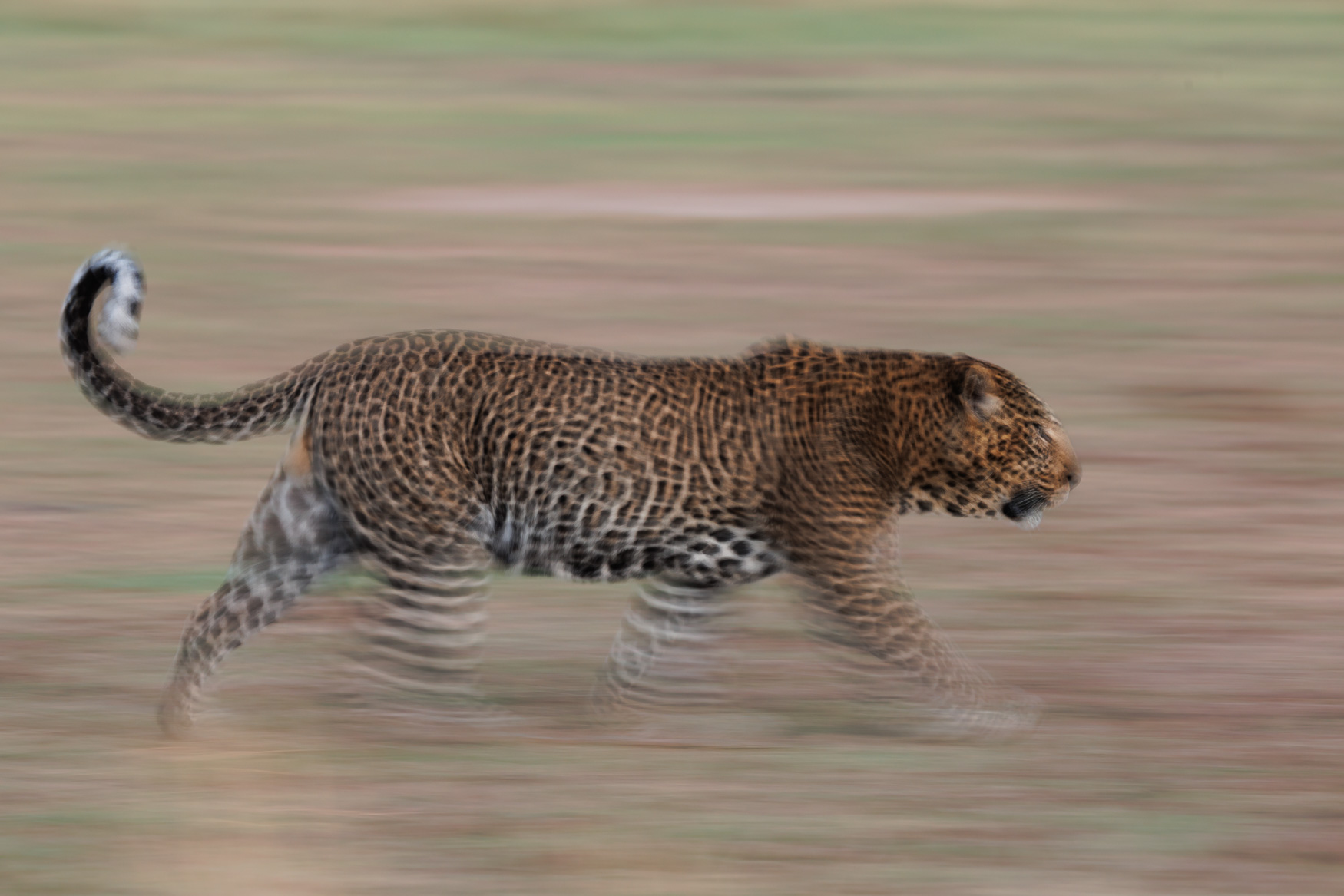
Chapter 2: Photographic hides
After a final productive morning drive in the Mara Triangle it was time to board a private charter and fly from Mara Serena to Rangers Airstrip just outside of the Olkiramatian Group Ranch in Kenya's South Rift Valley.
Lentorre suppports both conservancies and local Maasai communities, and whilst the modern world of course has had its effect, a beautiful part of this area is the fact that almost every single family still has a traditional boma, still graze their livestock and live off the land as the Maasai have done for hundreds and hundreds of years. The pure simplicity, synergy and symbiosis between the Land, the People, the Wildlife and the Livestock is incredible to see.
Our focus for this portion of the trip was essentially to work the night-shift in the dedicated photographic hide and compliment this with two afternoons of scenic helicopter flights over Lake Natron and Lake Magadi.
The photographic hide sleeps up to 6 people and, taking exclusive use of the entire camp with just 4 guests and your Wild Eye guide ensures that we have access to the hide (and sufficient space for everyone) each night.
We enjoyed an early dinner each night before heading down to the hide for the night and what unfolded over the next four nights was beyond our wildest dreams. With a spotter accompanying us from around midnight we were able to get some sleep (all be it broken) without missing out on the wide array of visitors that popped in for a drink.
During our four night stay we saw and photographed African Wild Cat, leopard, striped hyeana, porcupine, Kirk's dik-dik, impala, zebra, buffalo, caracal and of course the ever-present scrub hare.
Lentorre have made some fantastic adjustments to the underground hide and the waterhole with the most noticeable feature being the addition of backlighting. This new setup allowed me to control the amount of front lighting and switch the backlighting on or off with the flip of a switch. The results speak for themselves and the clearest example of what is now possible with backlighting can be seen in the two images of a porcupine below.
Pretty spectacular.
I must also take this opportunity to state categorically that NO BAITING was done. Timed to run during the peak of the dry season the water is all that is needed to bring the animals in.
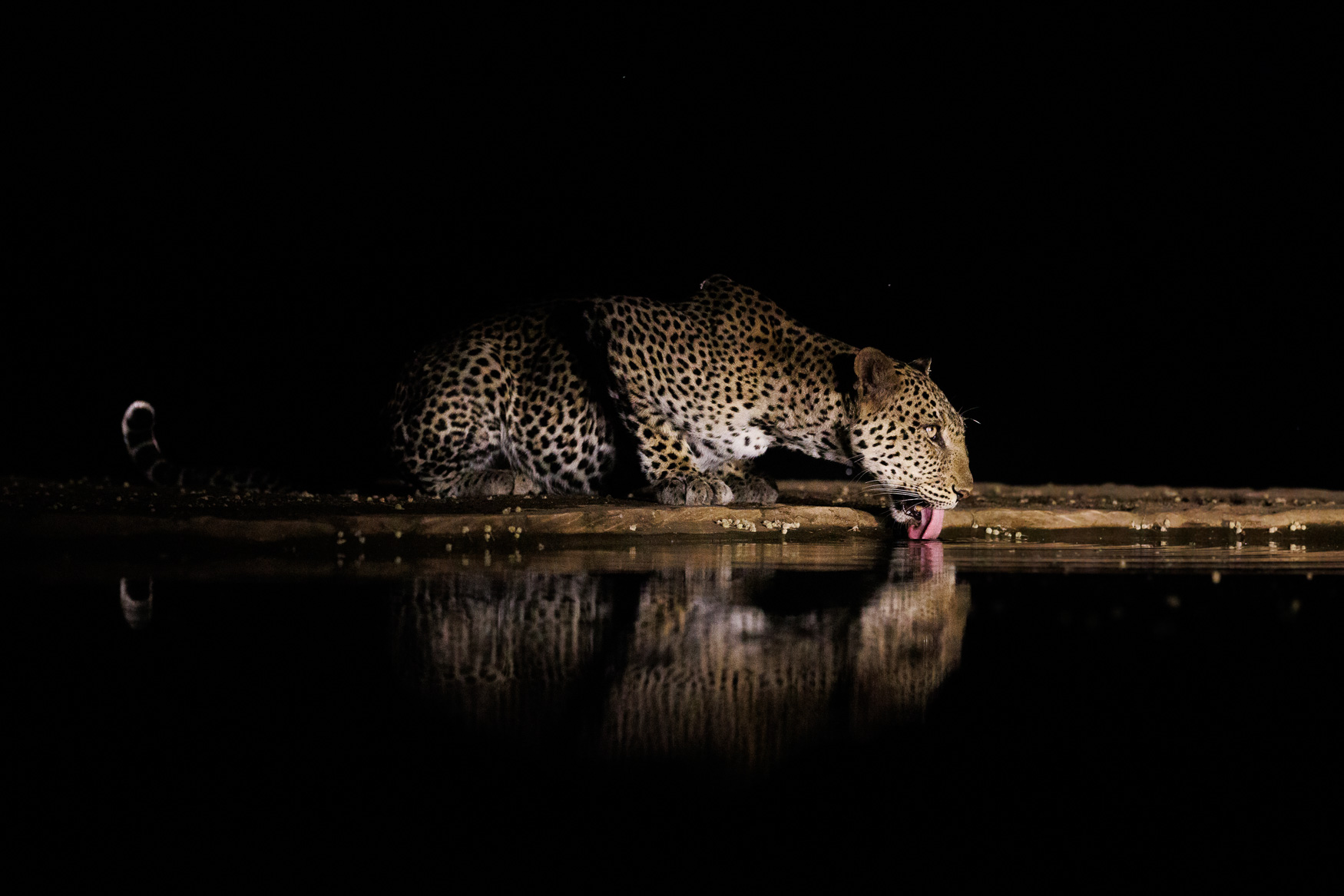
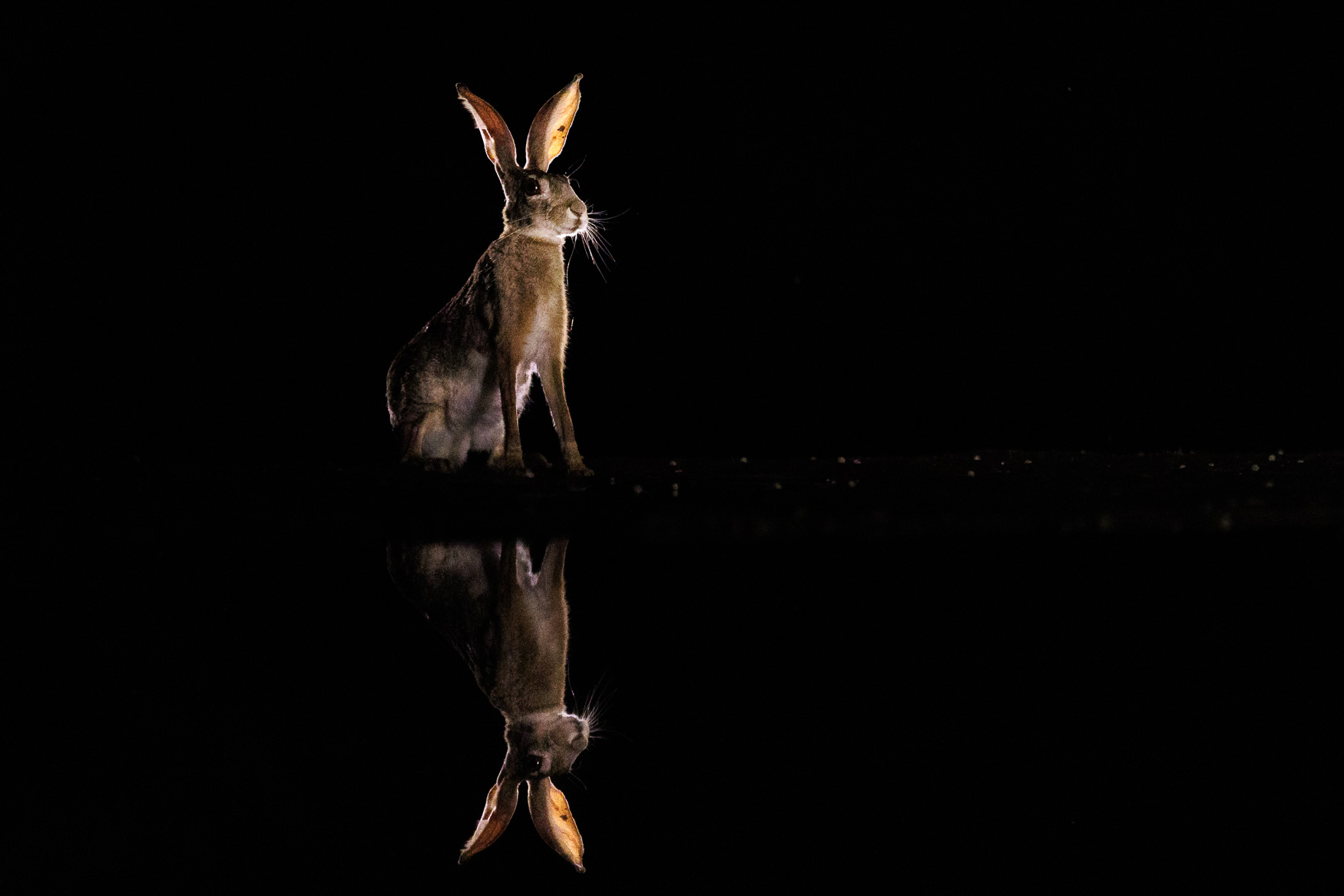
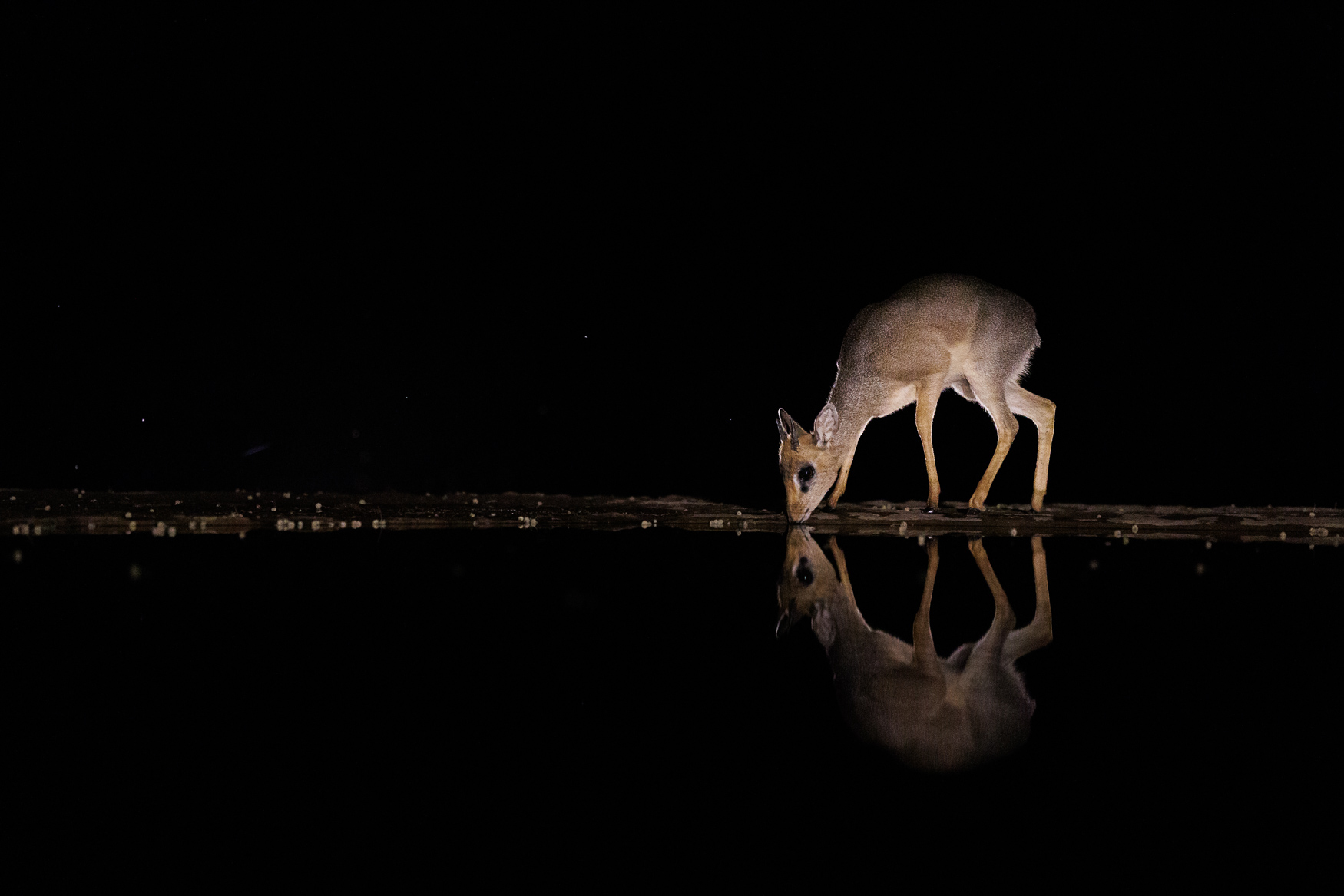
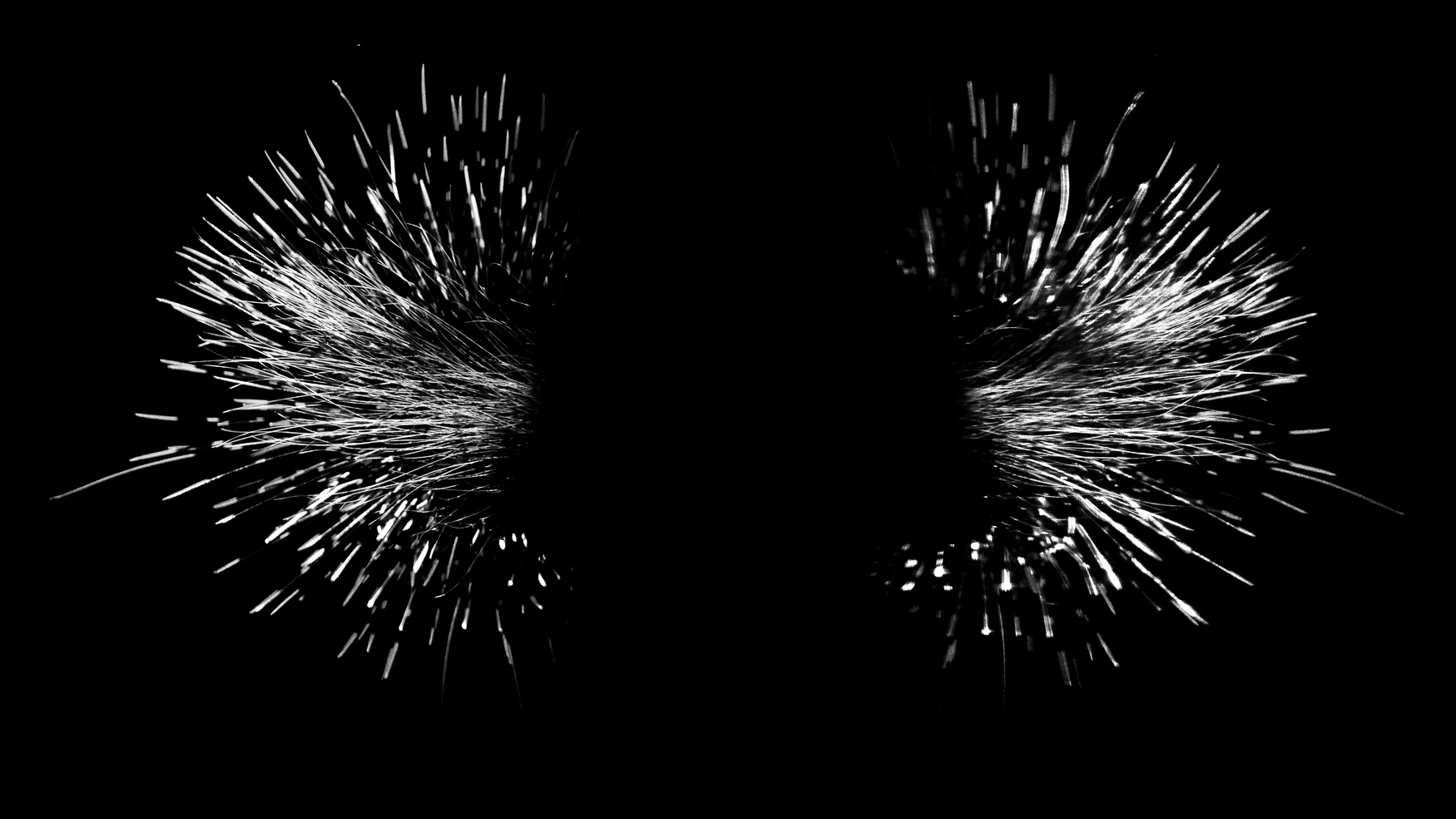
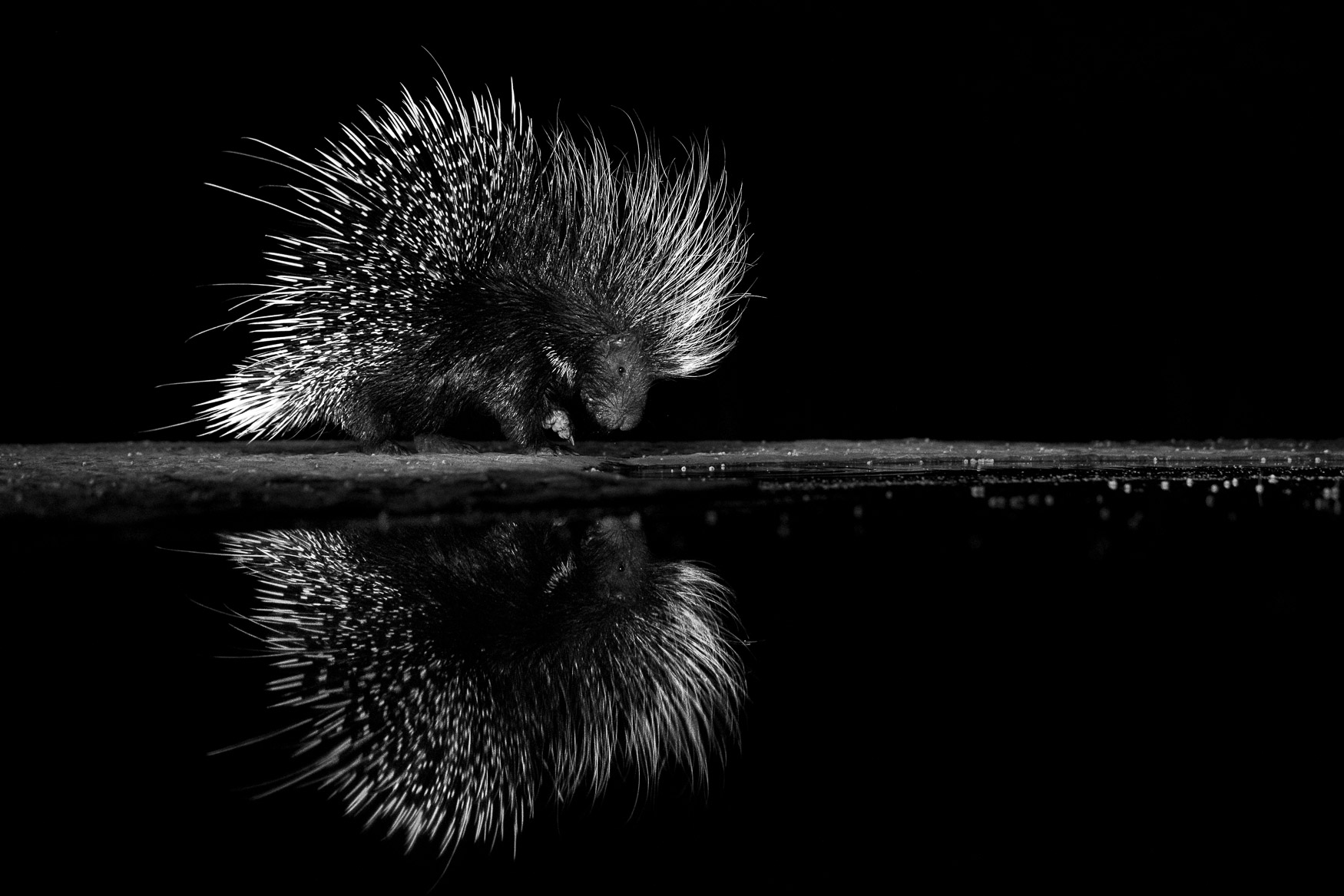
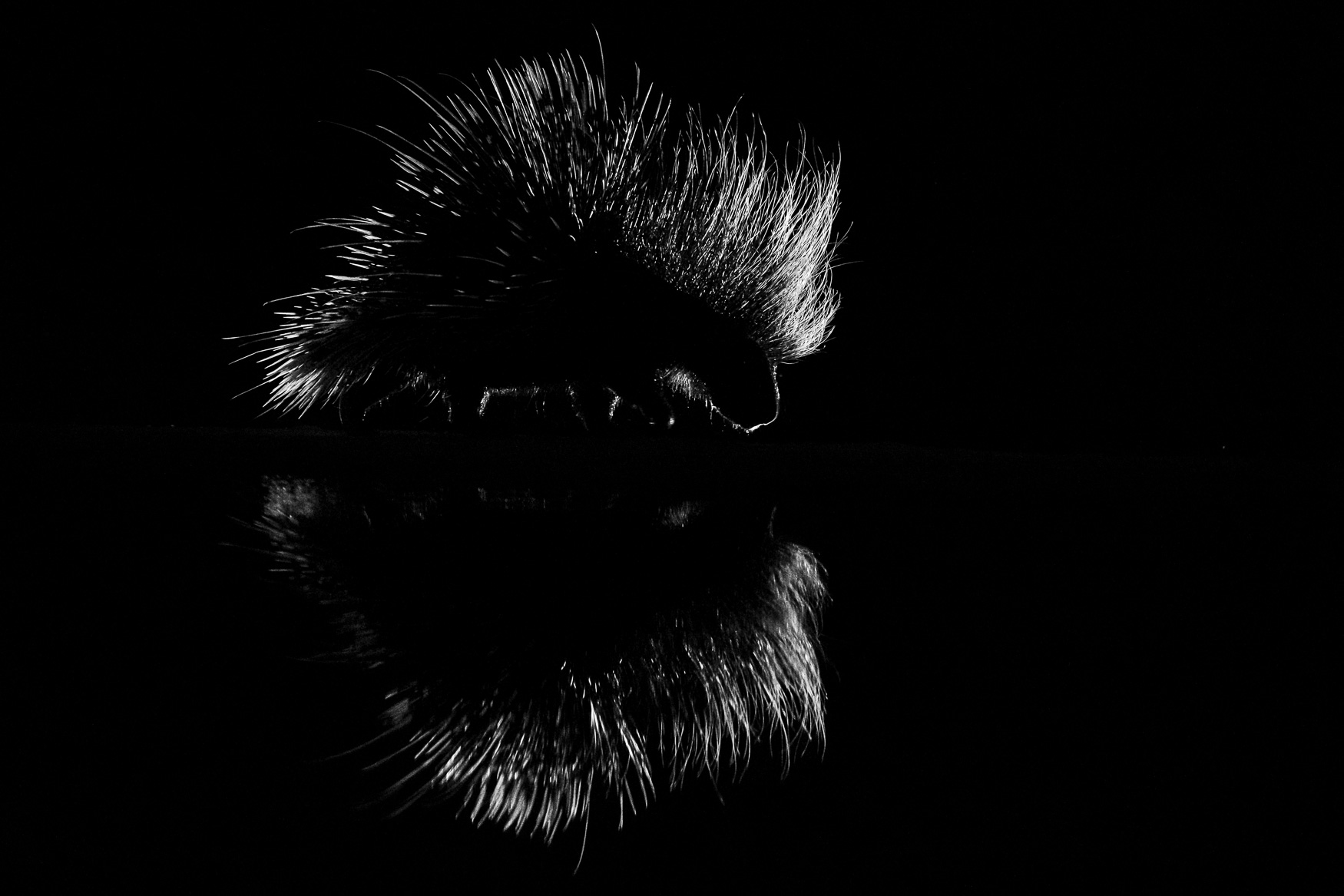
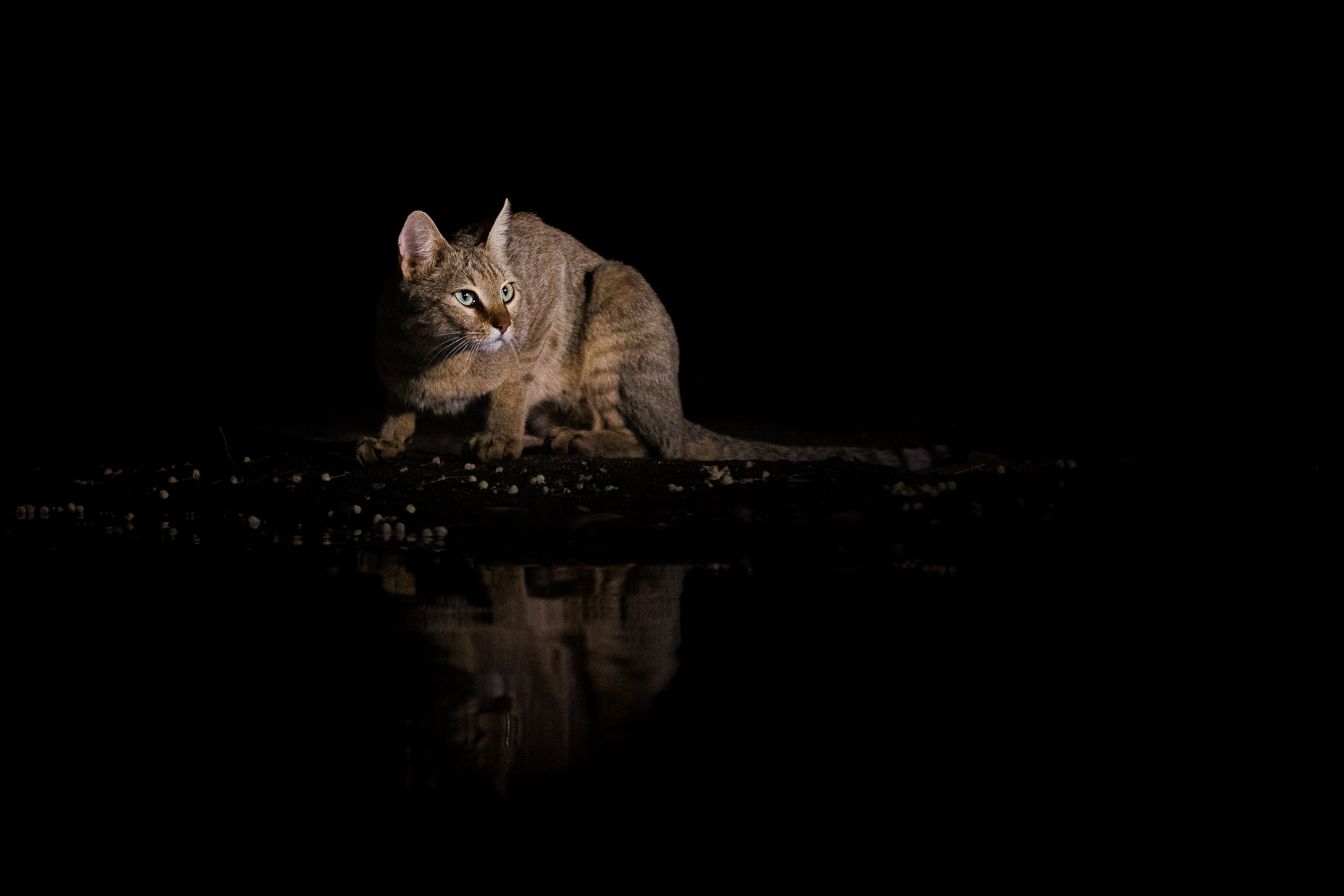
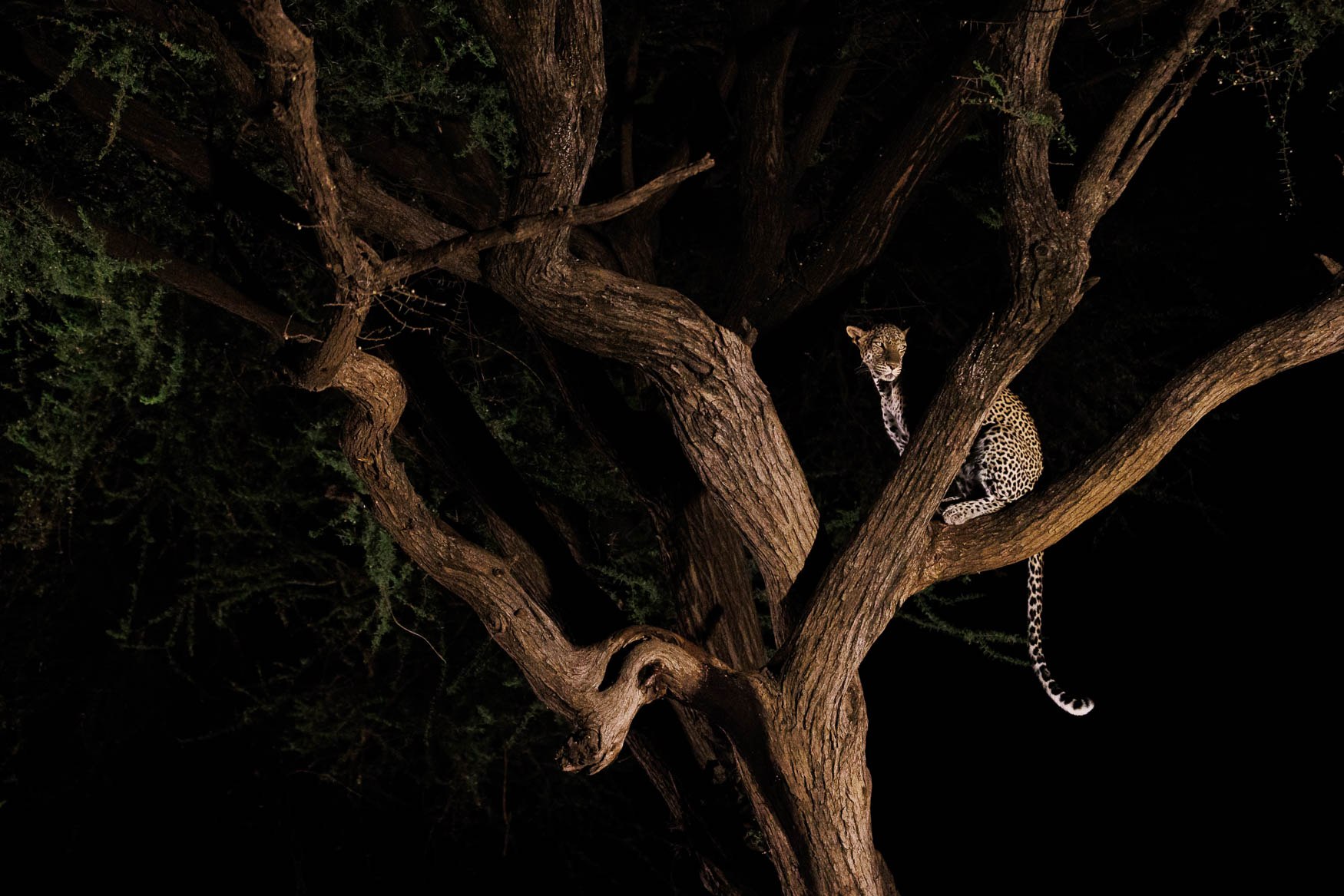
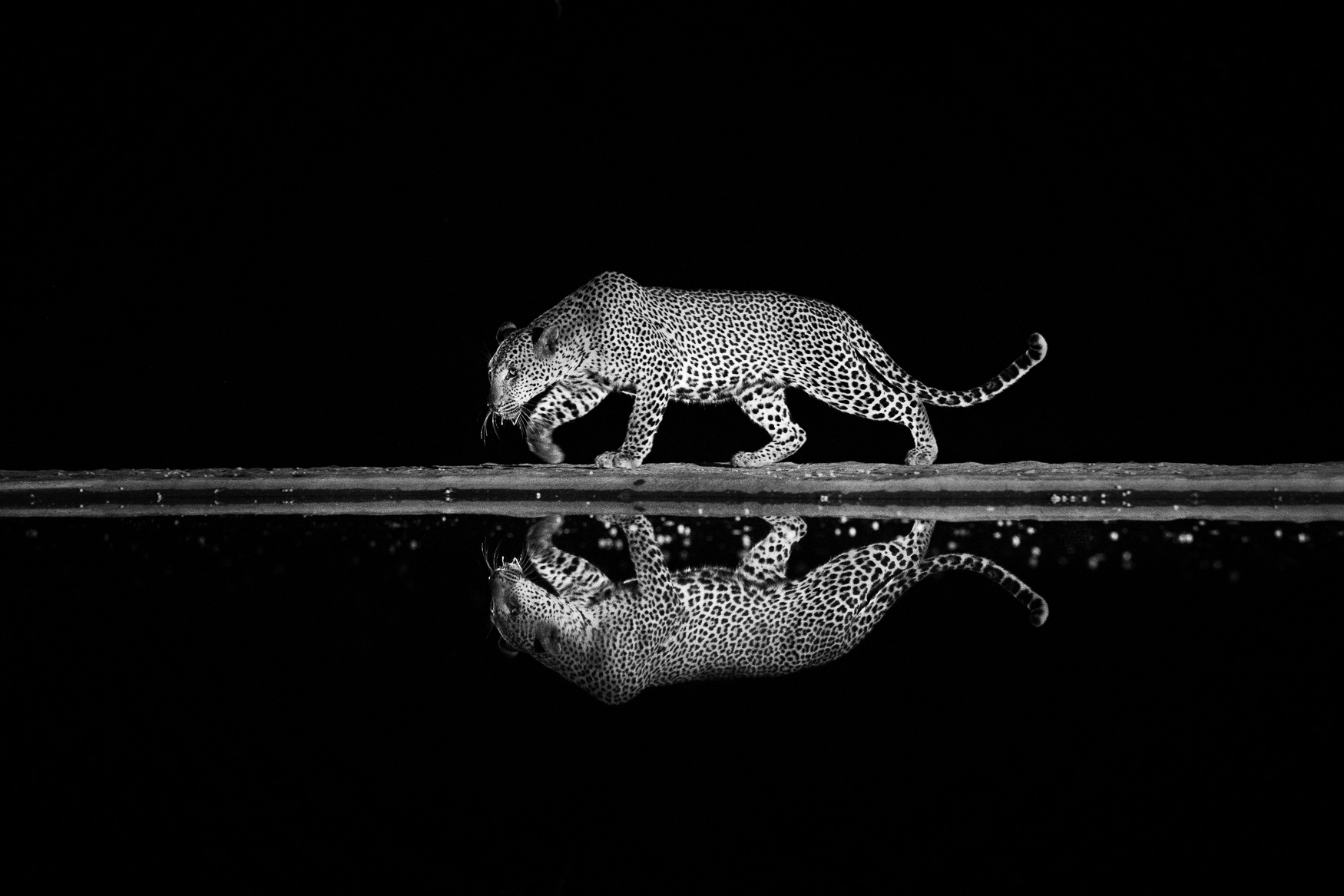
Chapter 3: Scenic helicopter flights over Lake Natron & Magadi
I am used to visiting incredible lodges and hardly spending any time in the magnificent rooms (eat, sleep, photograph, repeat) but, to not even sleep in the room like this trip is rather unusual.
Wiping the sleep out of our eyes and emerging from the hide we would either enjoy a light breakfast before returning to the rooms to download and charge up, or simply meet for a light brunch later in the morning. Having the lodge to ourselves provided complete and utter flexibility.
In preparation for our scenic helicopter flights I hosted a short presentation detailing what to expect and what to look out for in terms of composition and settings - helping to ensure that our guests captured the best possible scenes and moments from their flights.
The doors are removed (don't worry, there are seatbelts) for an even better photographic experience while flying over some of the most remote, uninhabited and wild areas of Kenya's South Rift Valley. Our pilot positions and circles around scenic features and wildlife, giving guests (both seated on the left hand side of the chopper) unobstructed views and fantastic photographic opportunities. As a rule, your Wild Eye guide will always be seated on the right hand side of the chopper and will coach you through settings and opportunities whilst also communicating with the pilot.
The results... Well, I think this small sample of images speak for themselves.
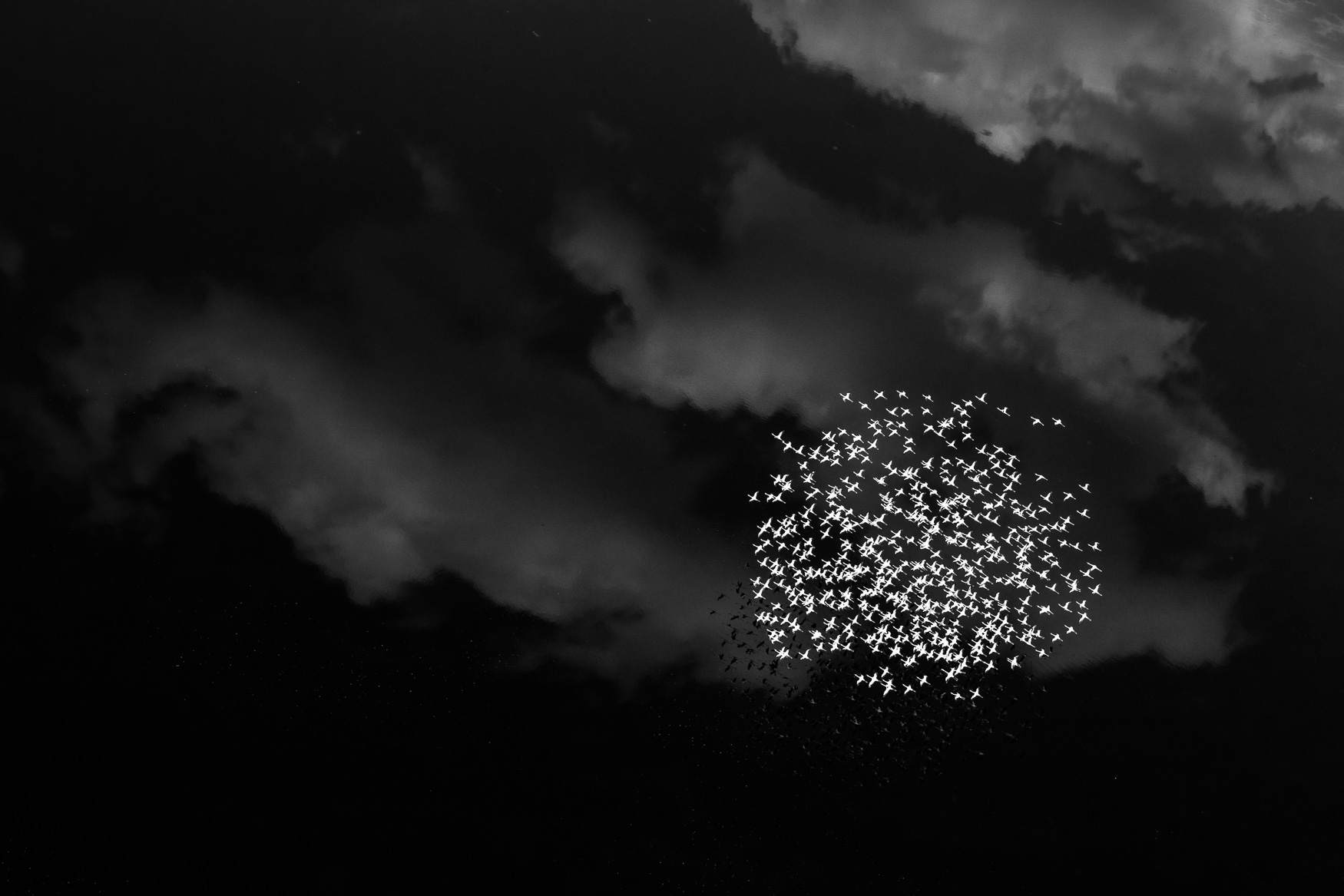
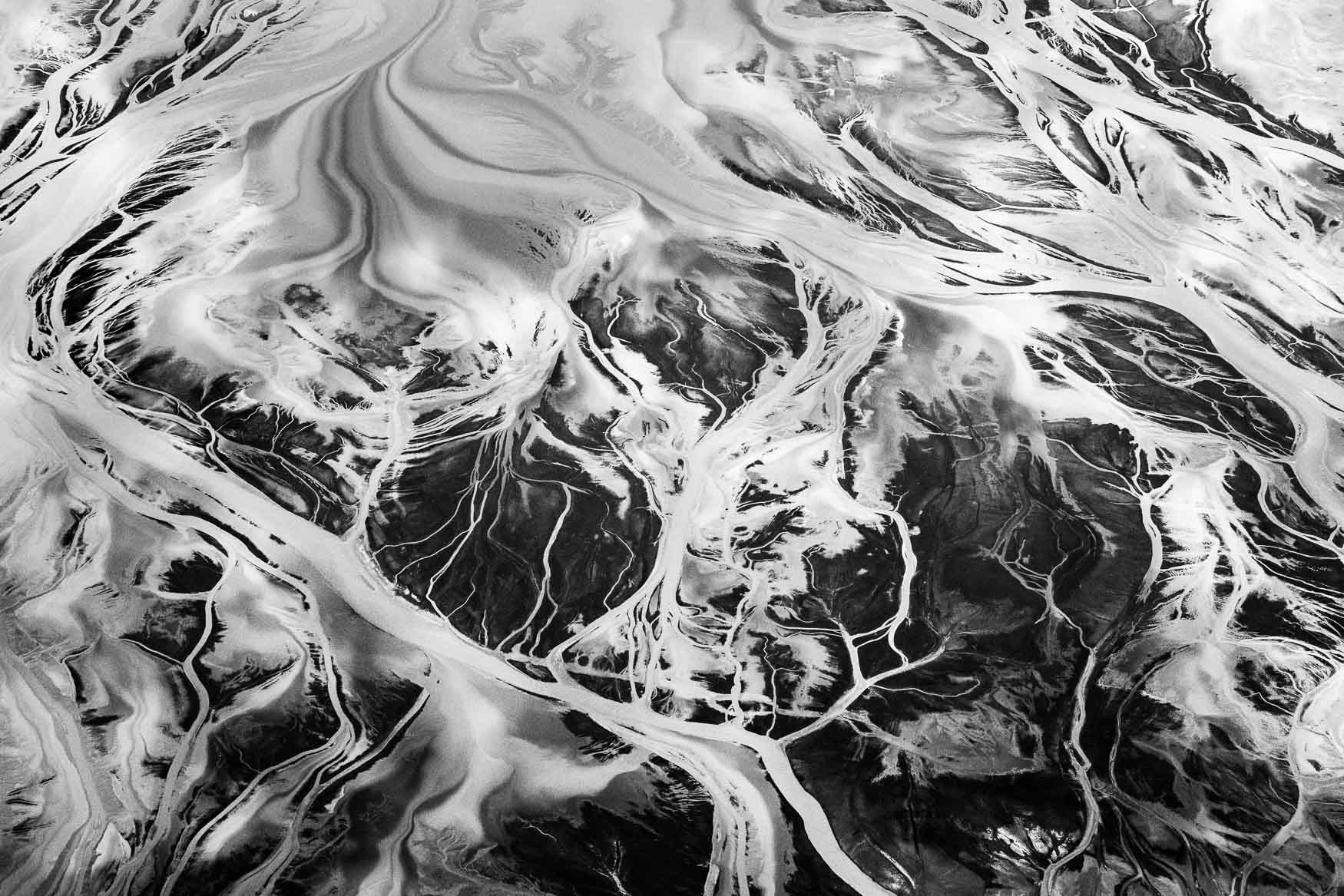
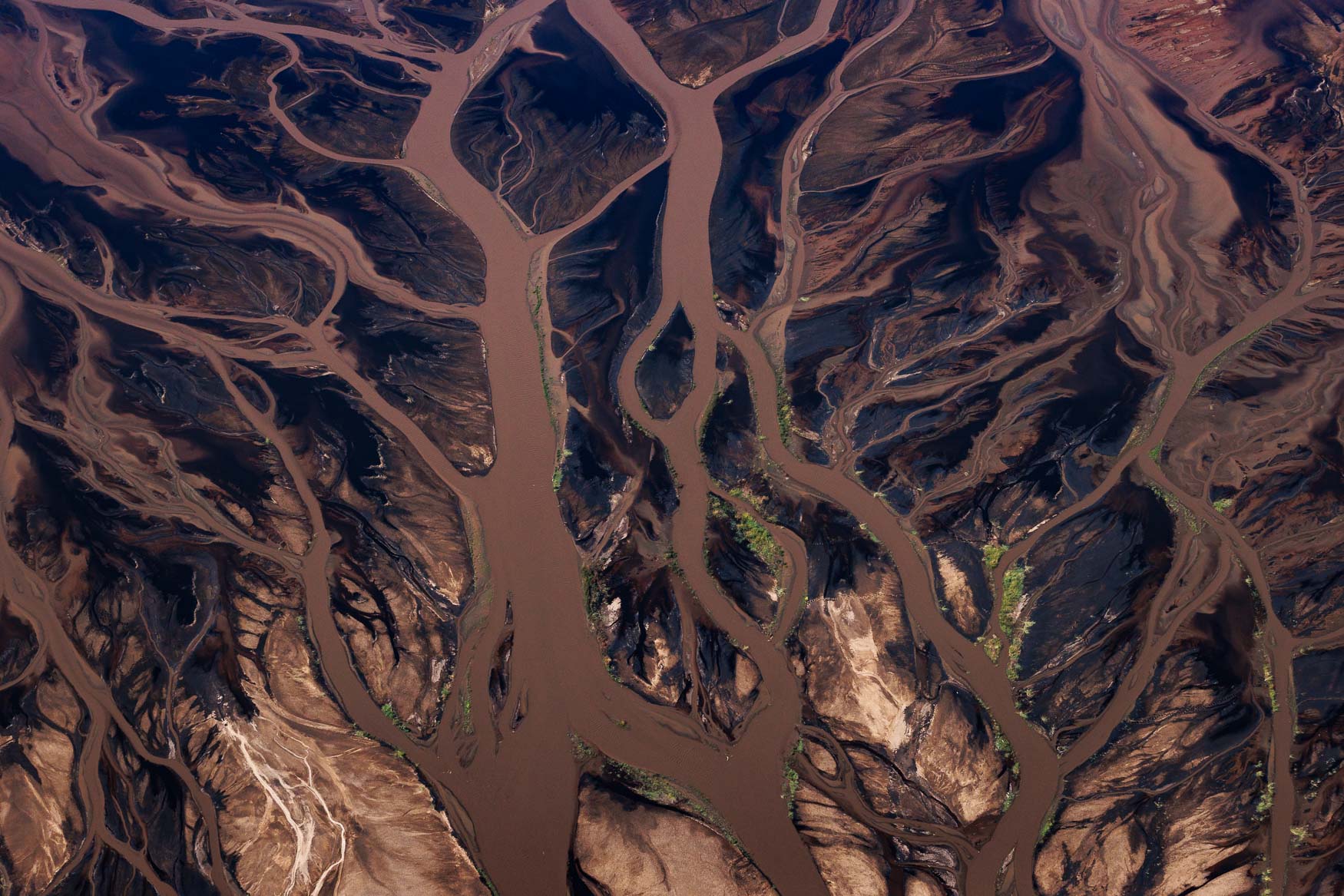
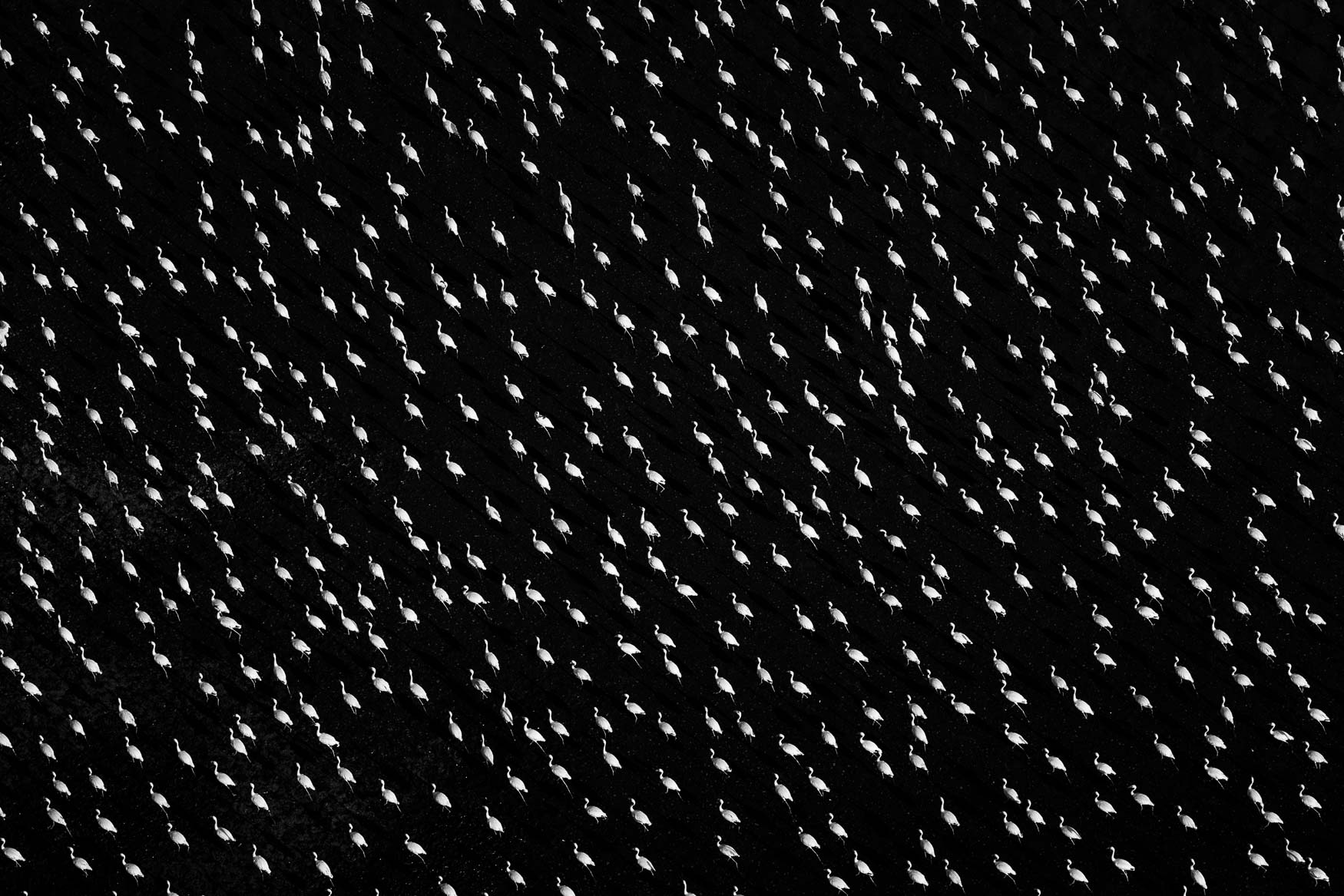
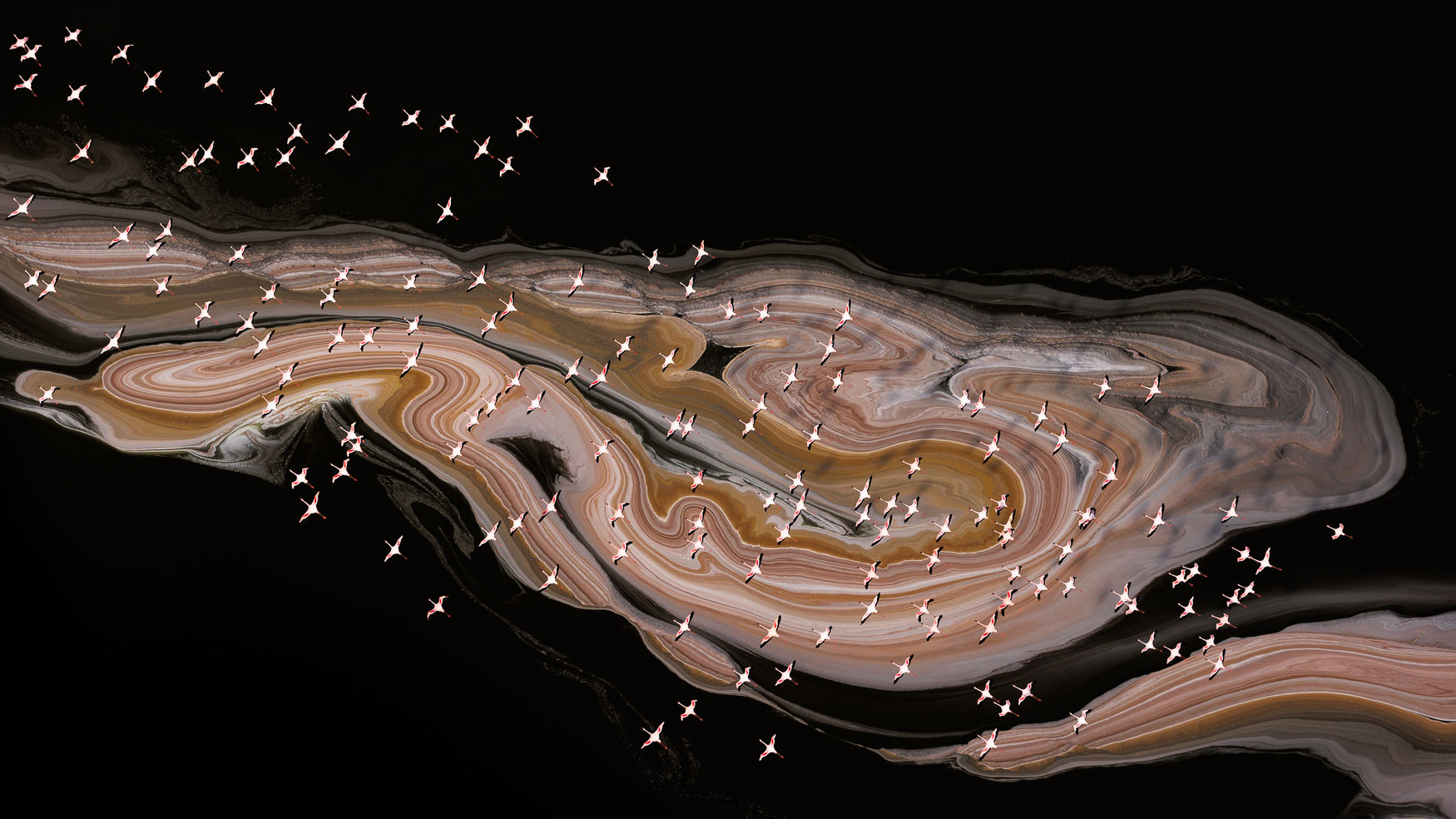
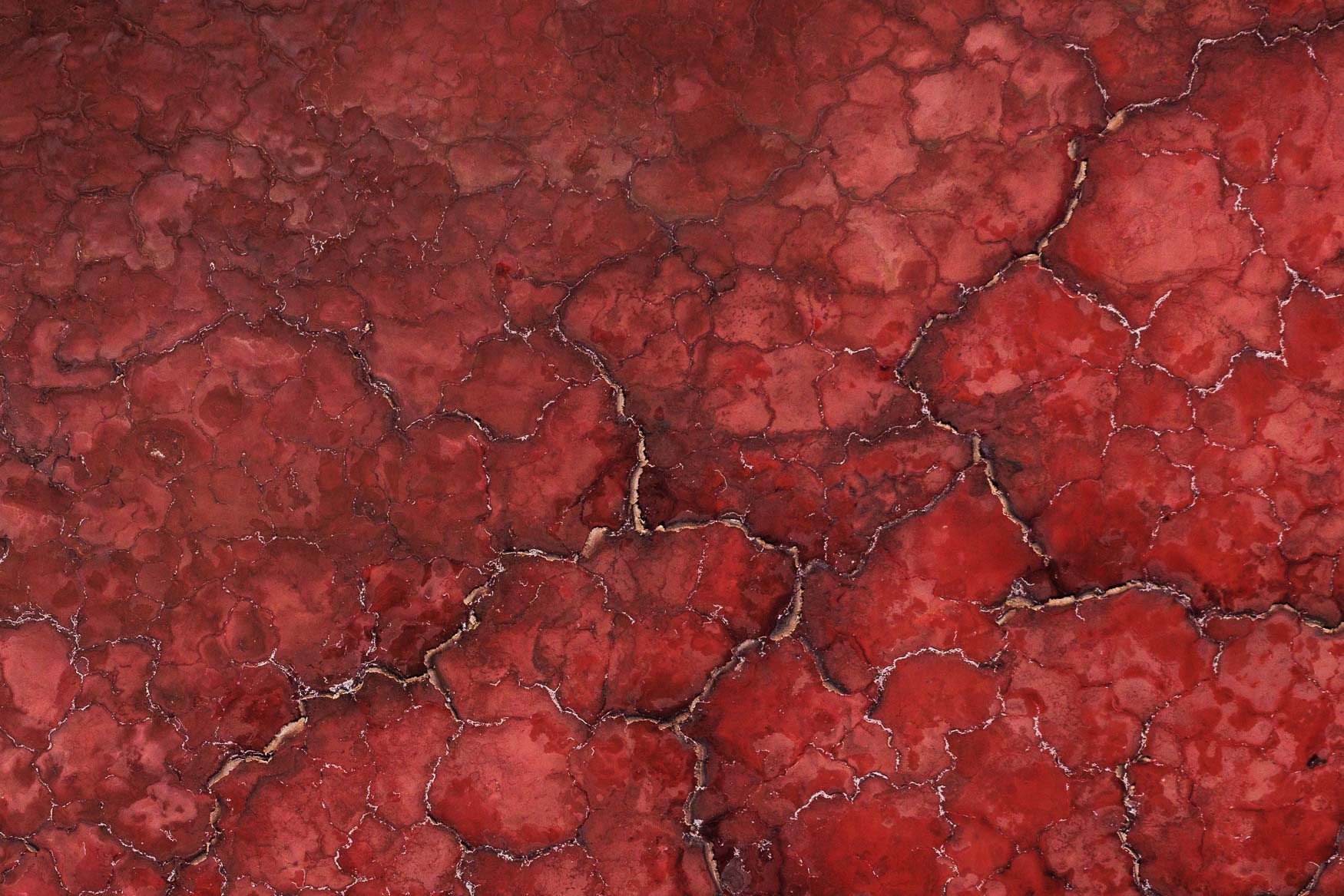
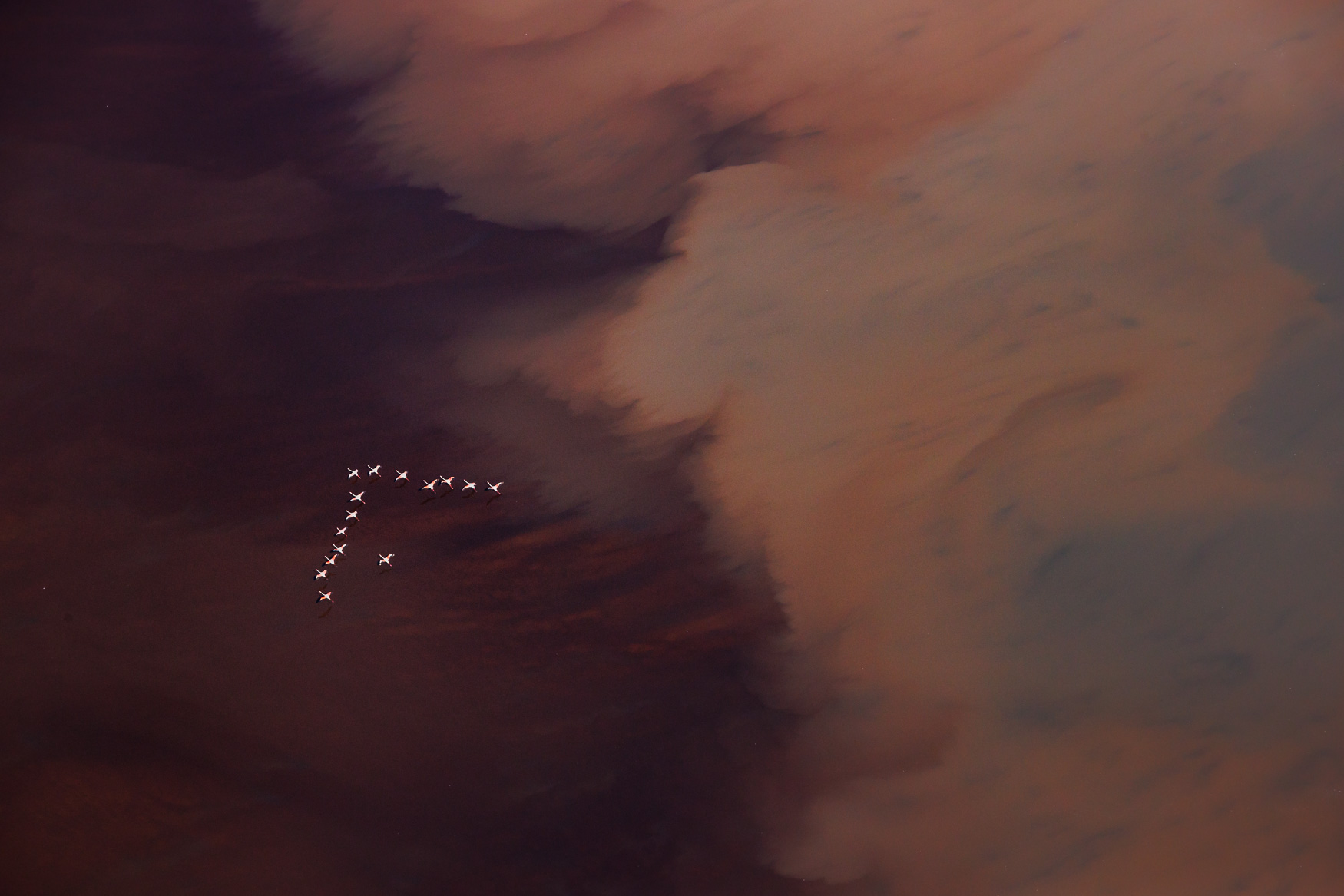
In a nutshell, I know that for many guests, seven days in the Masai Mara represents too short a trip to Africa and many guests opt to extend their time on safari by heading to Amboseli, Samburu or Lake Nakuru. This trip provides a seemless extended safari experience with a Wild Eye guide throughout AND is guaranteed to present you with both experiences and photographs that are unique and unusual.
You could not ask for a more productive combination of destinations - all four of the guests that joined me for this trip agreed to that!
Join us in 2023 and 2024
A one of a kind experience combining Kenya's Great Migration, low level photographic hides and scenic aerial photography over Lake Natron and Lake Magadi to photograph vast flocks of flamingo and other wildlife.

Wow Andrew what an interesting read and as for the photos – simply magnificent.
Thanks so much Ann. This experience and combination of destinations is rather special.